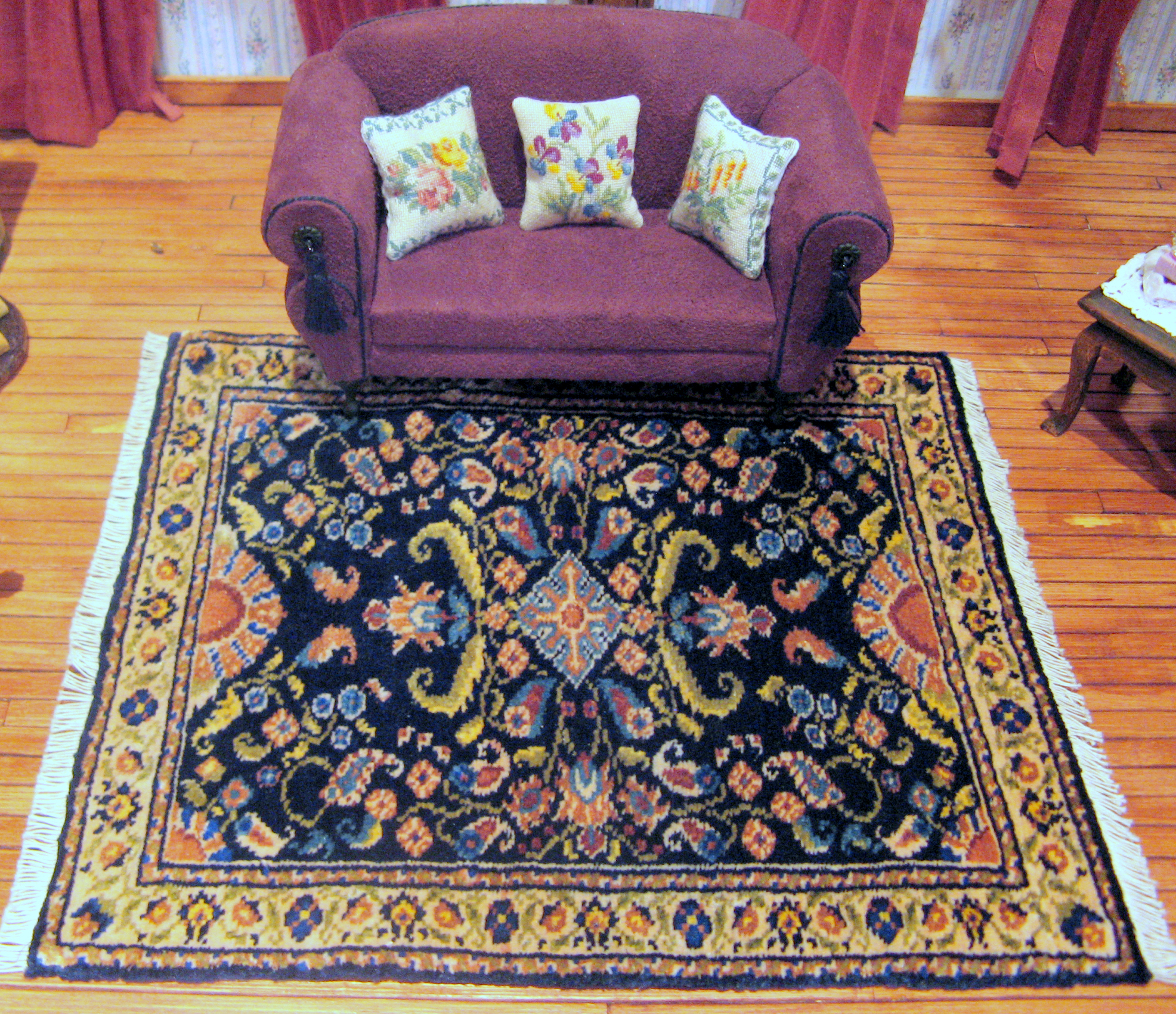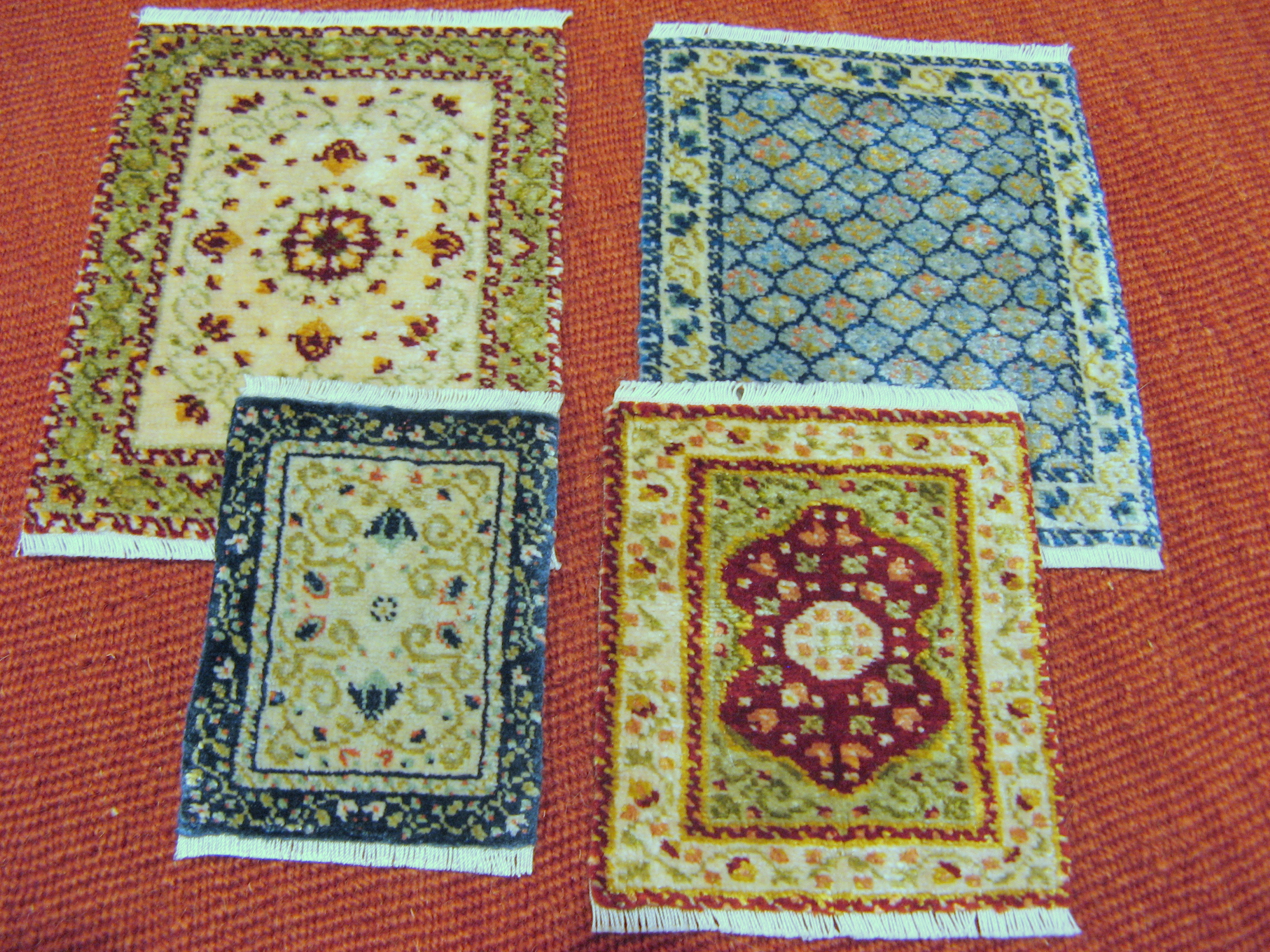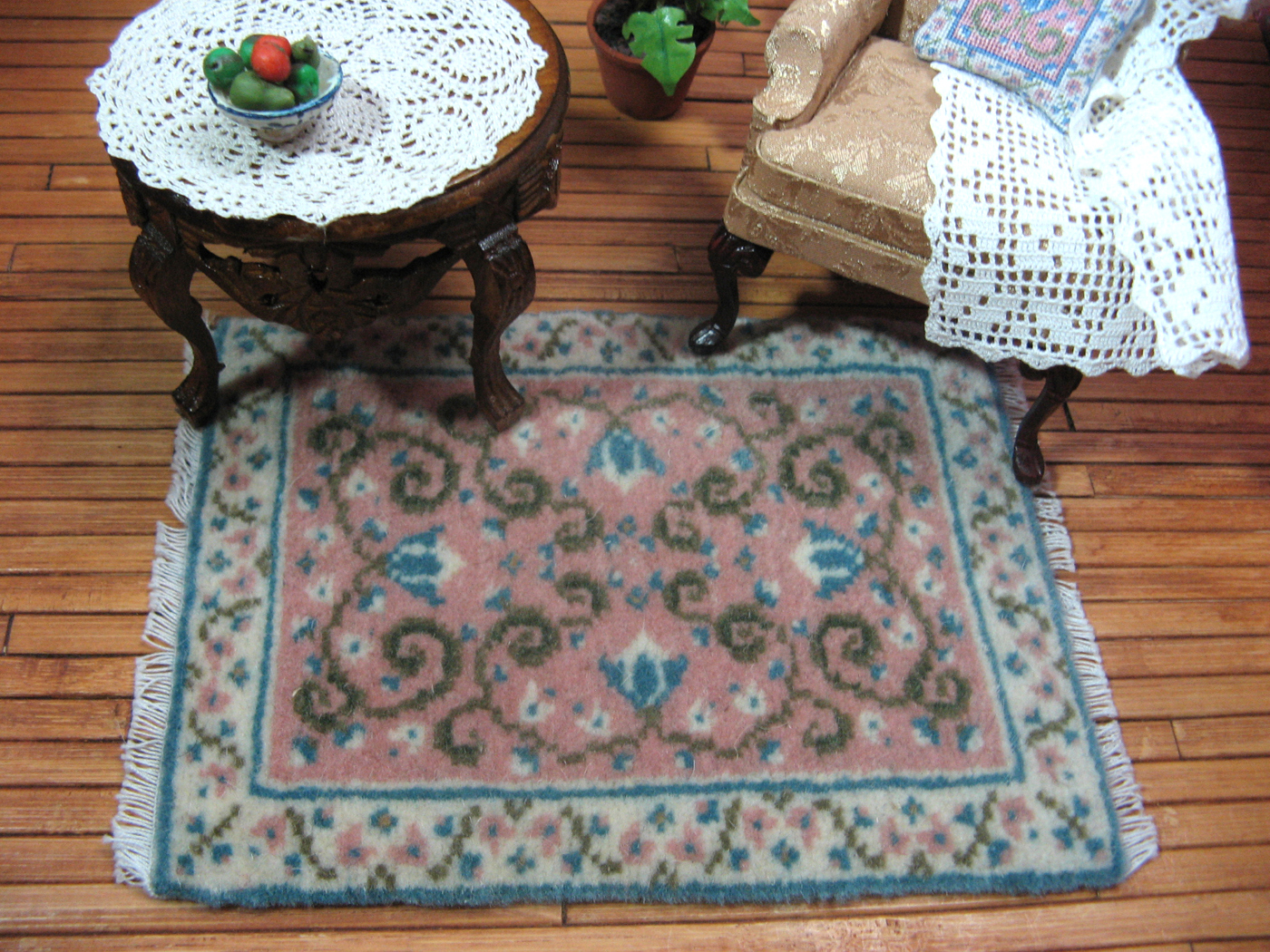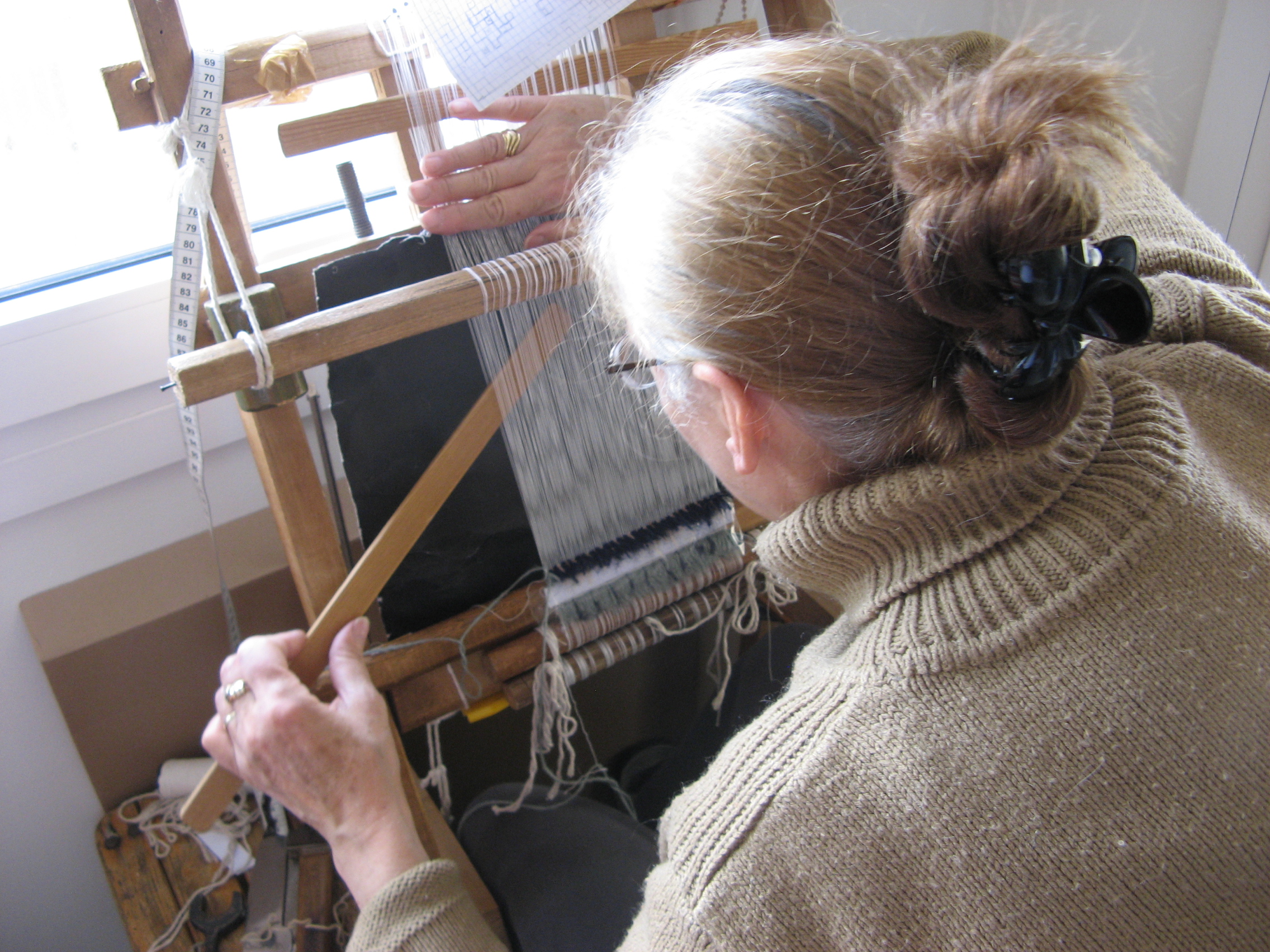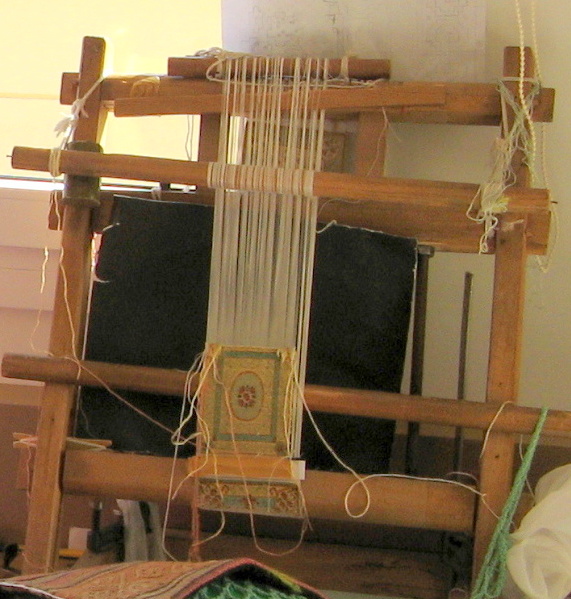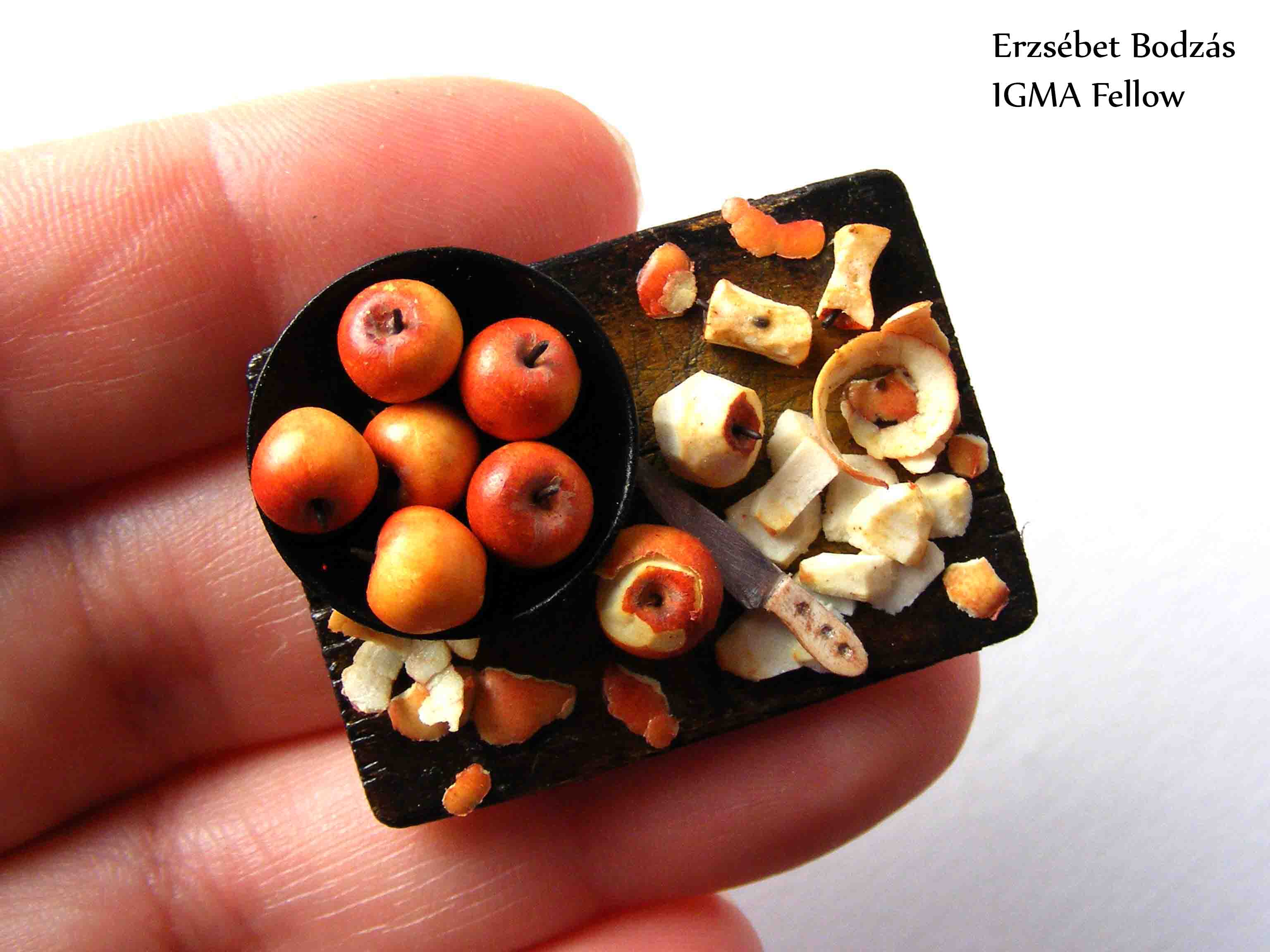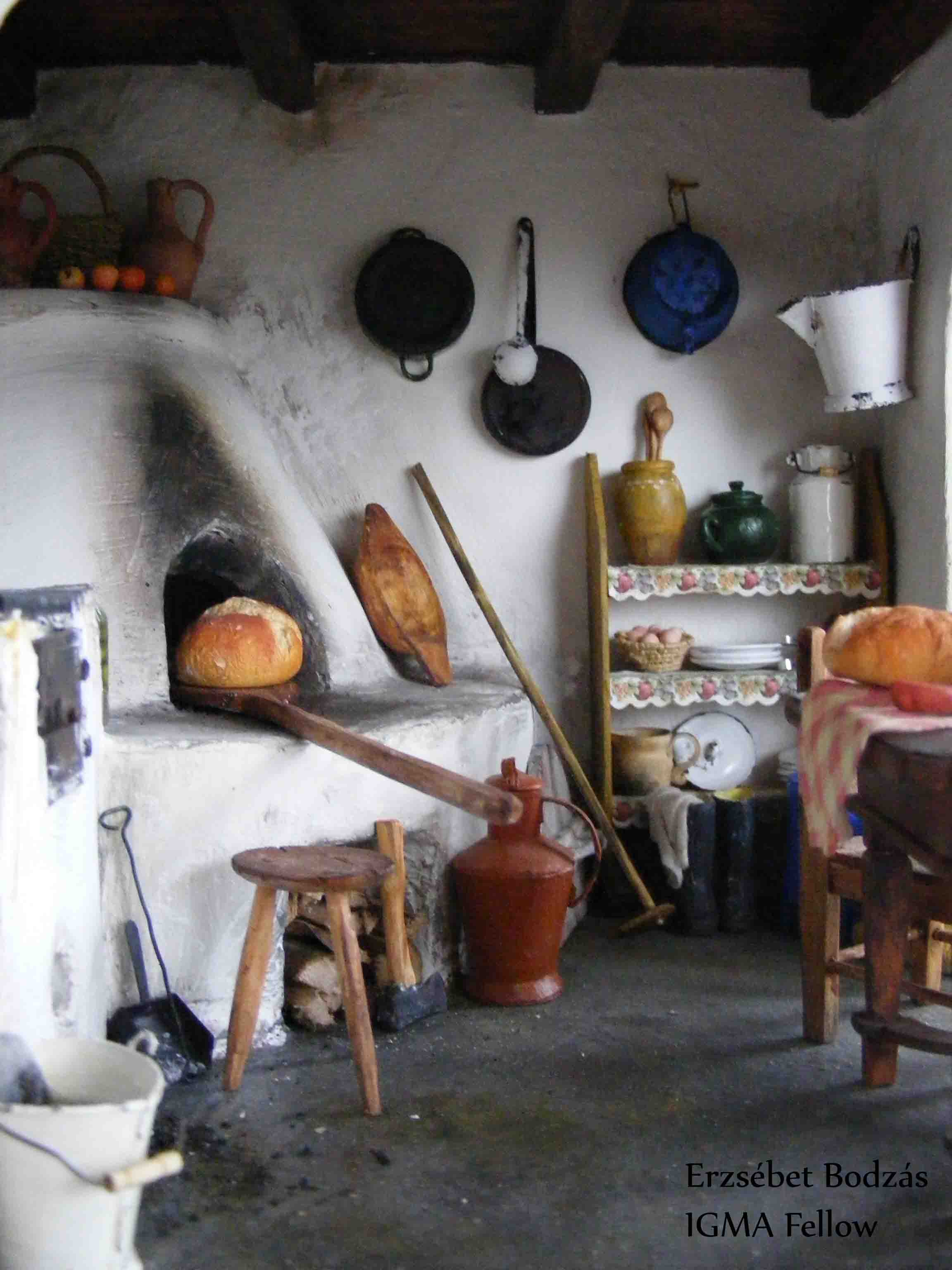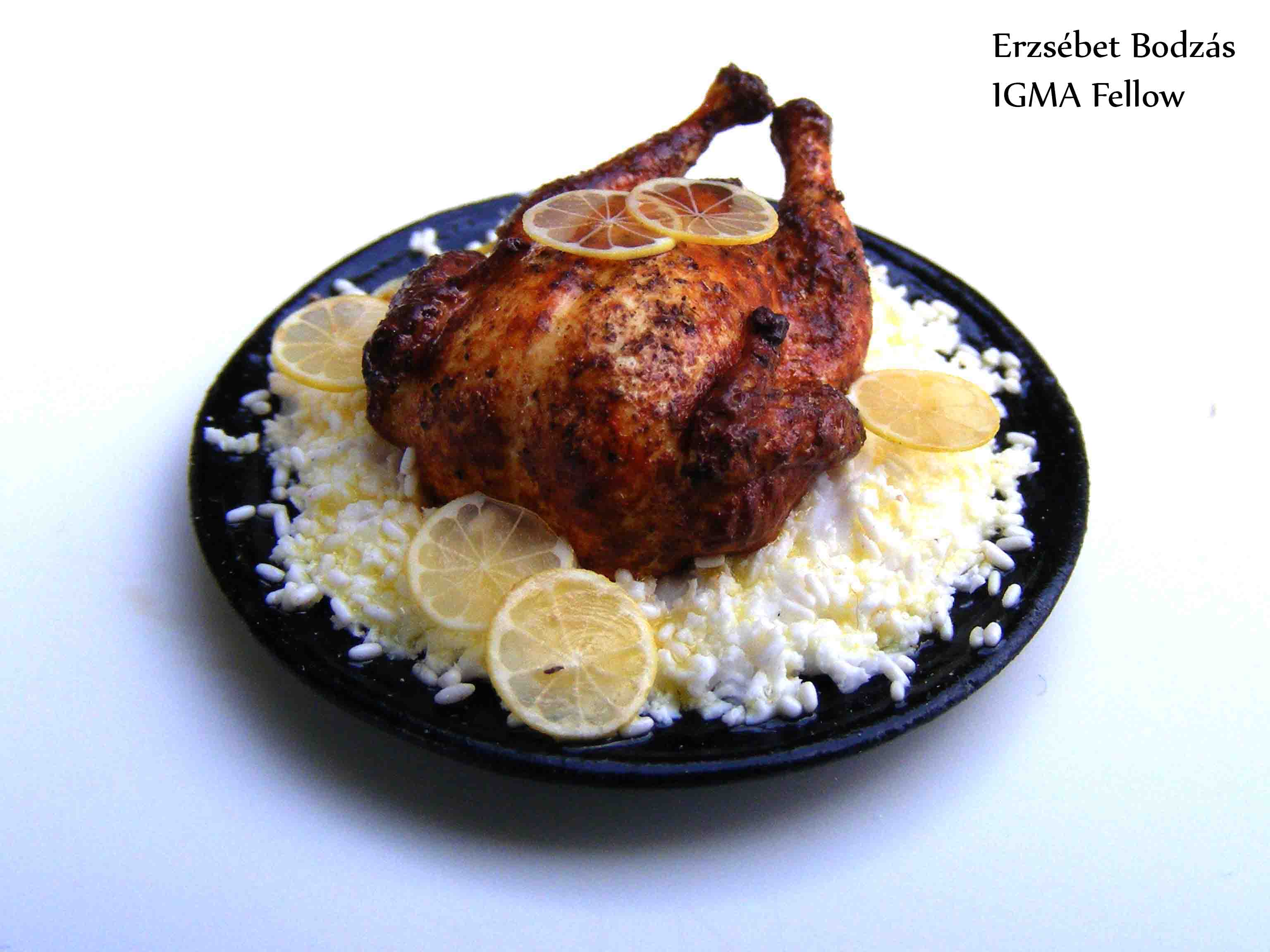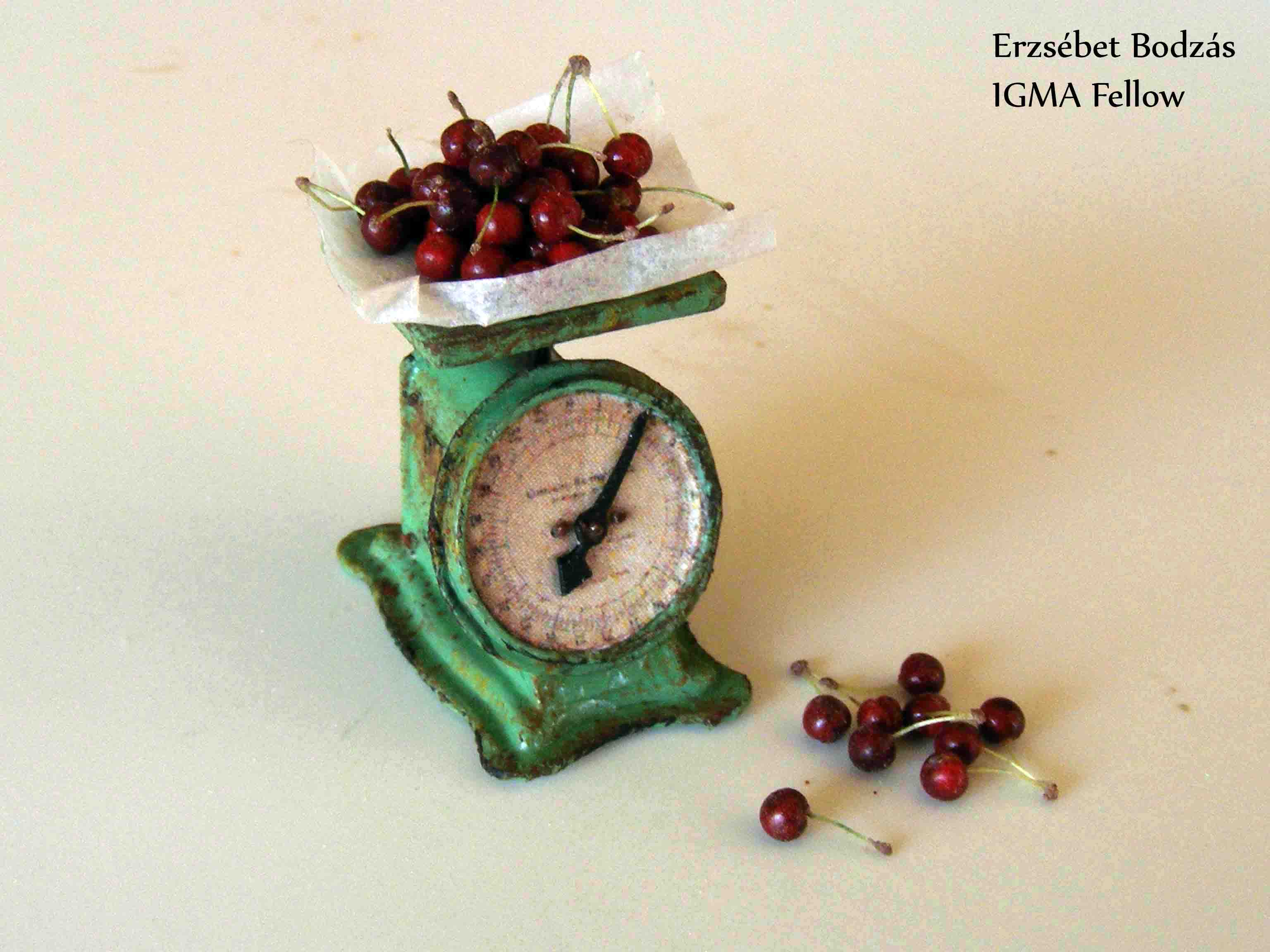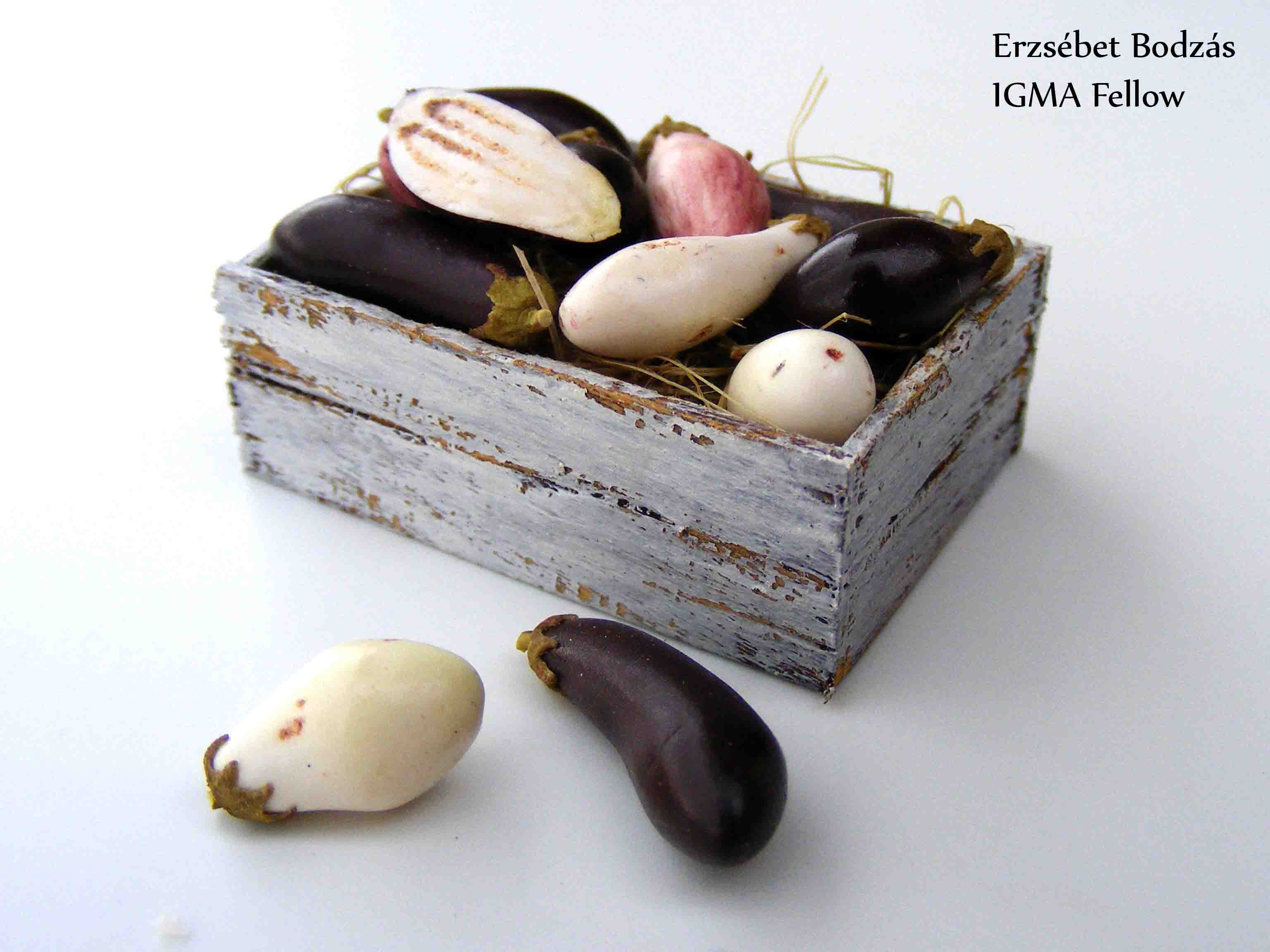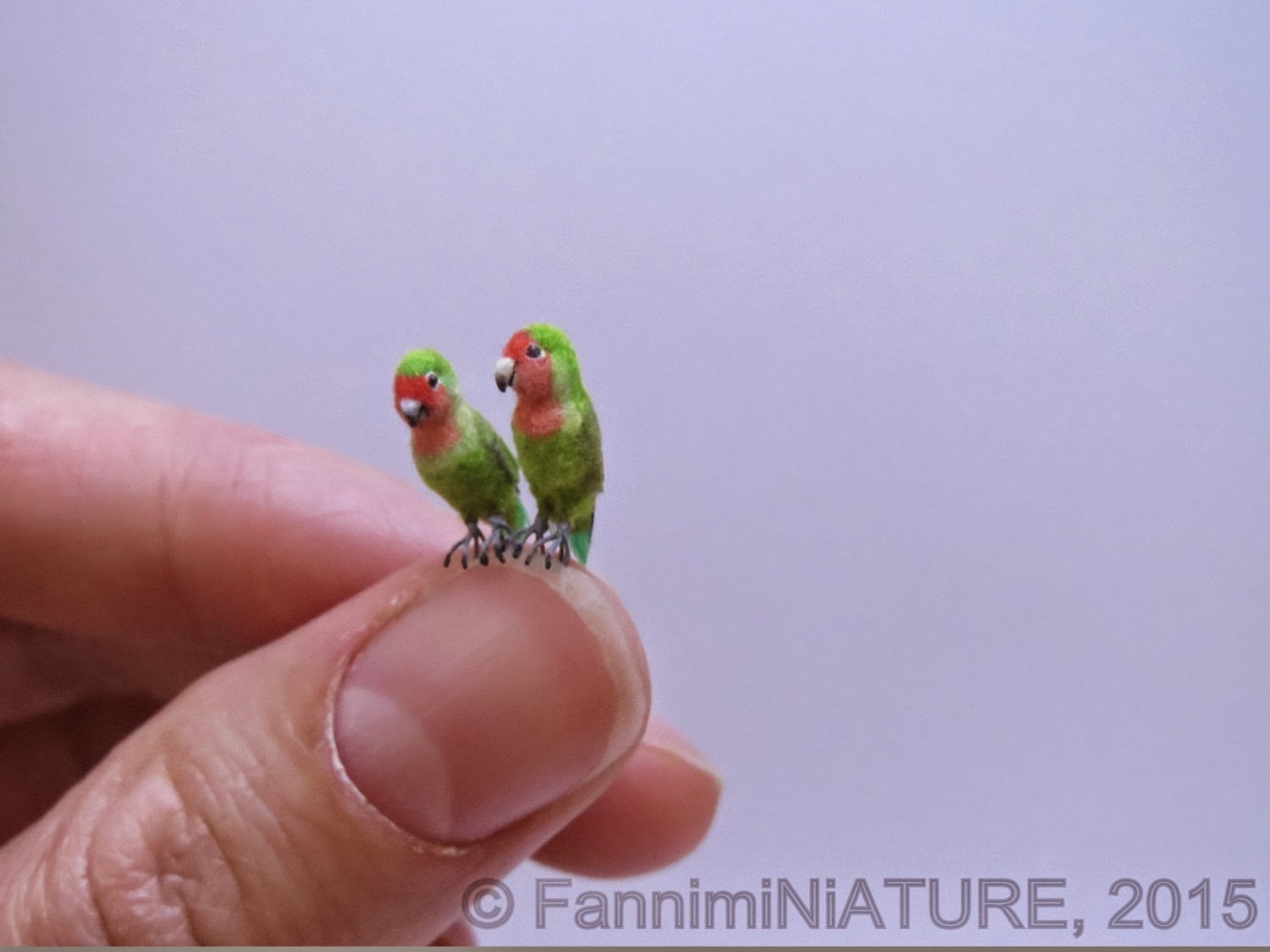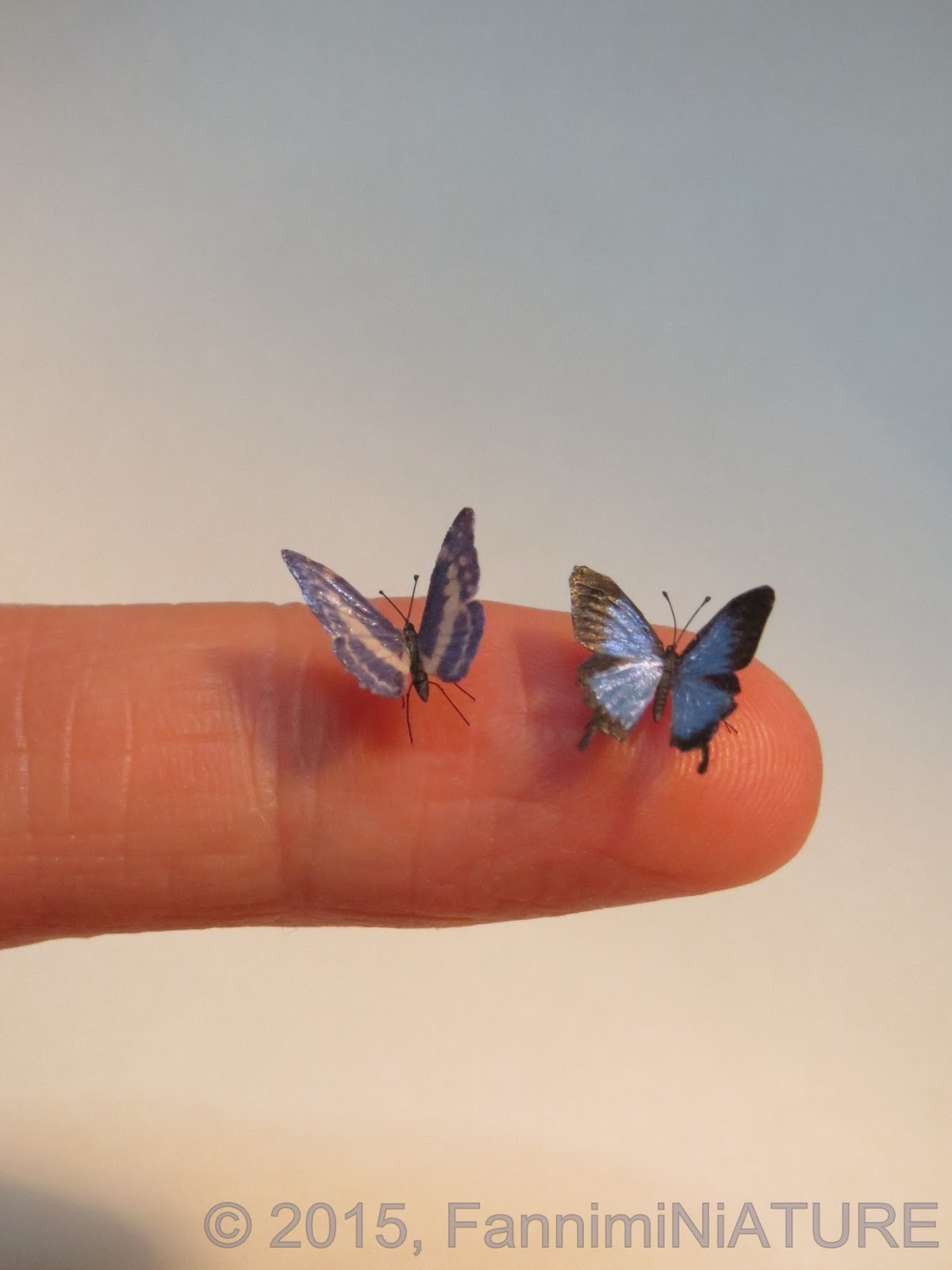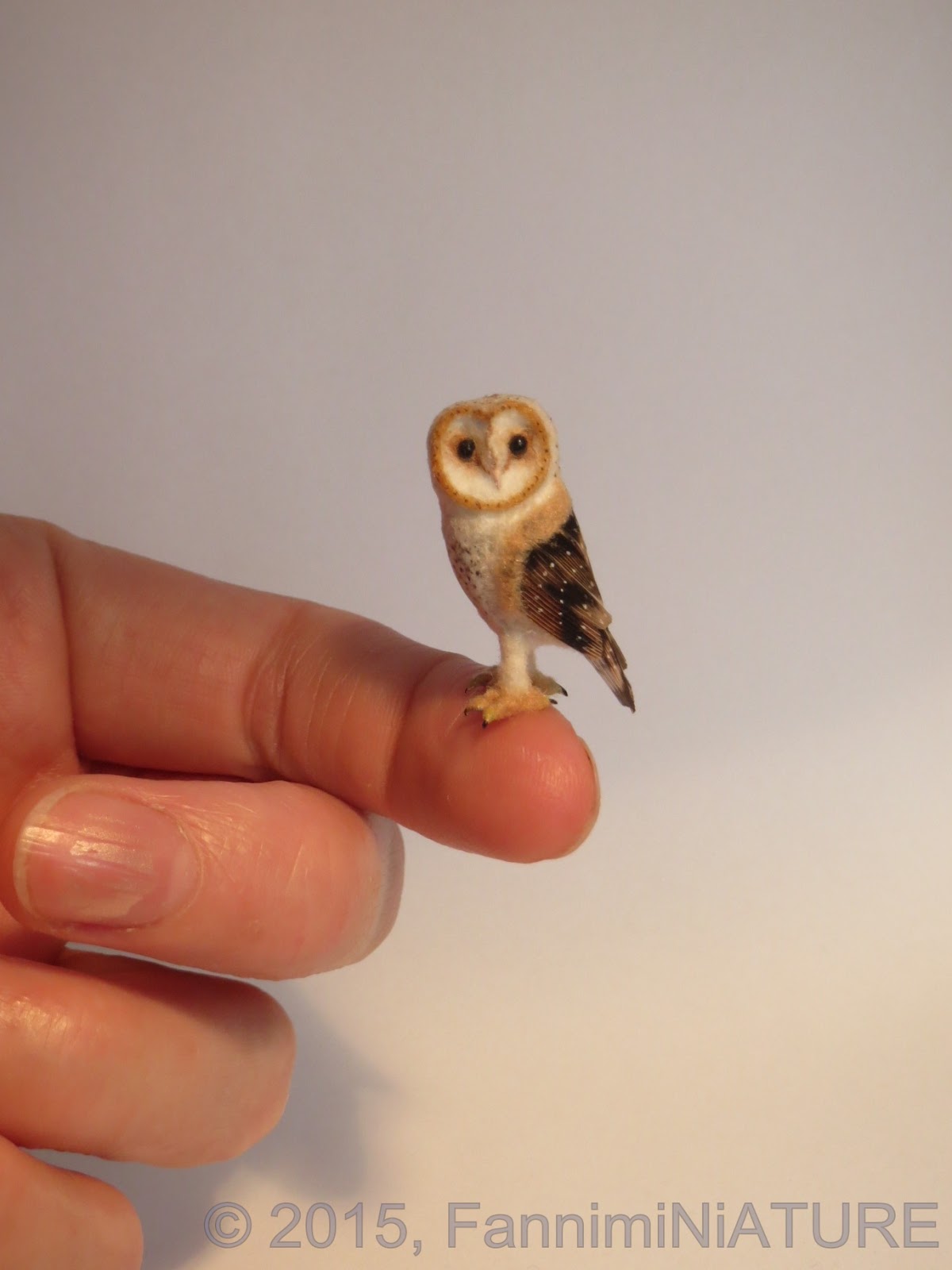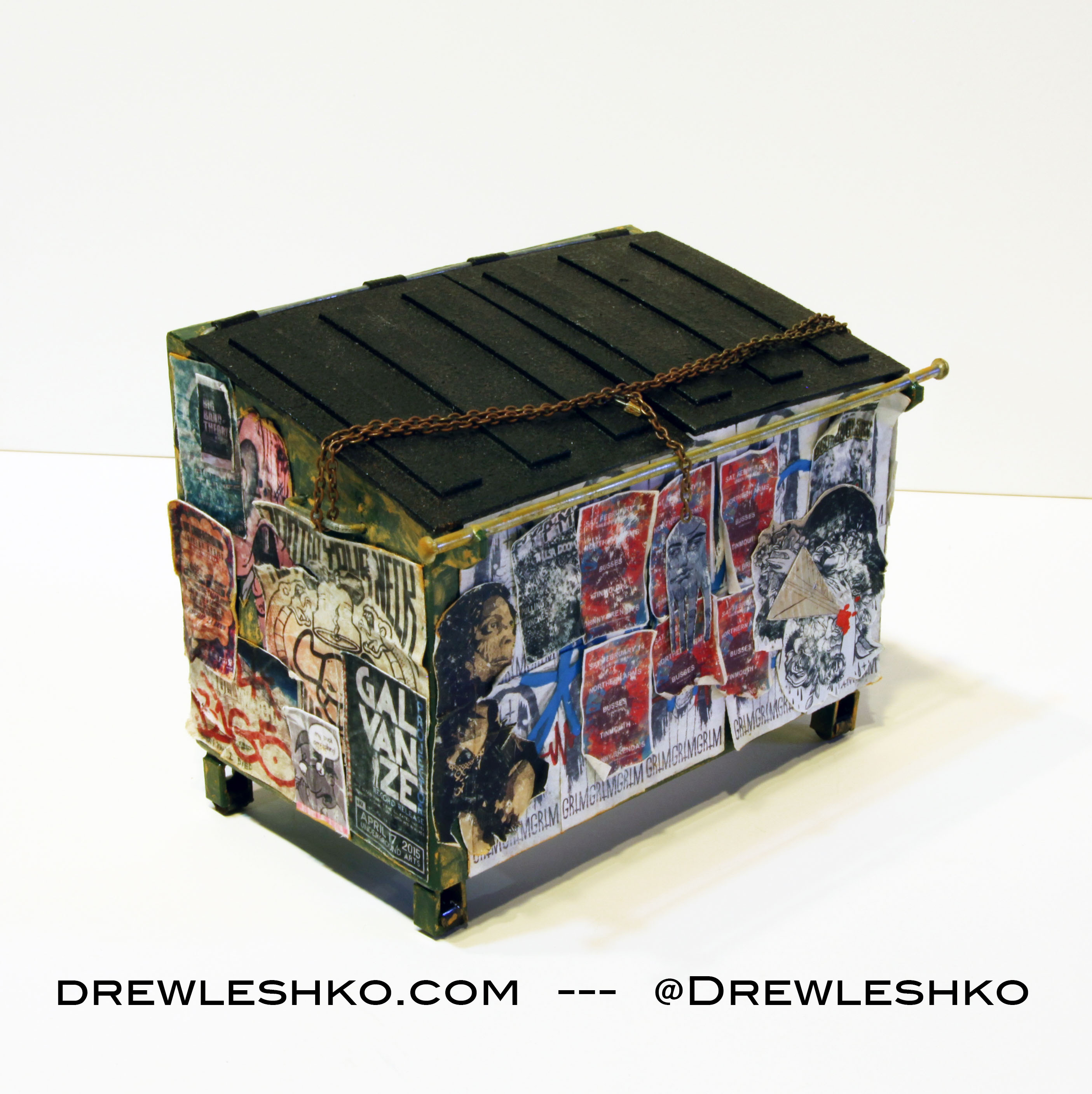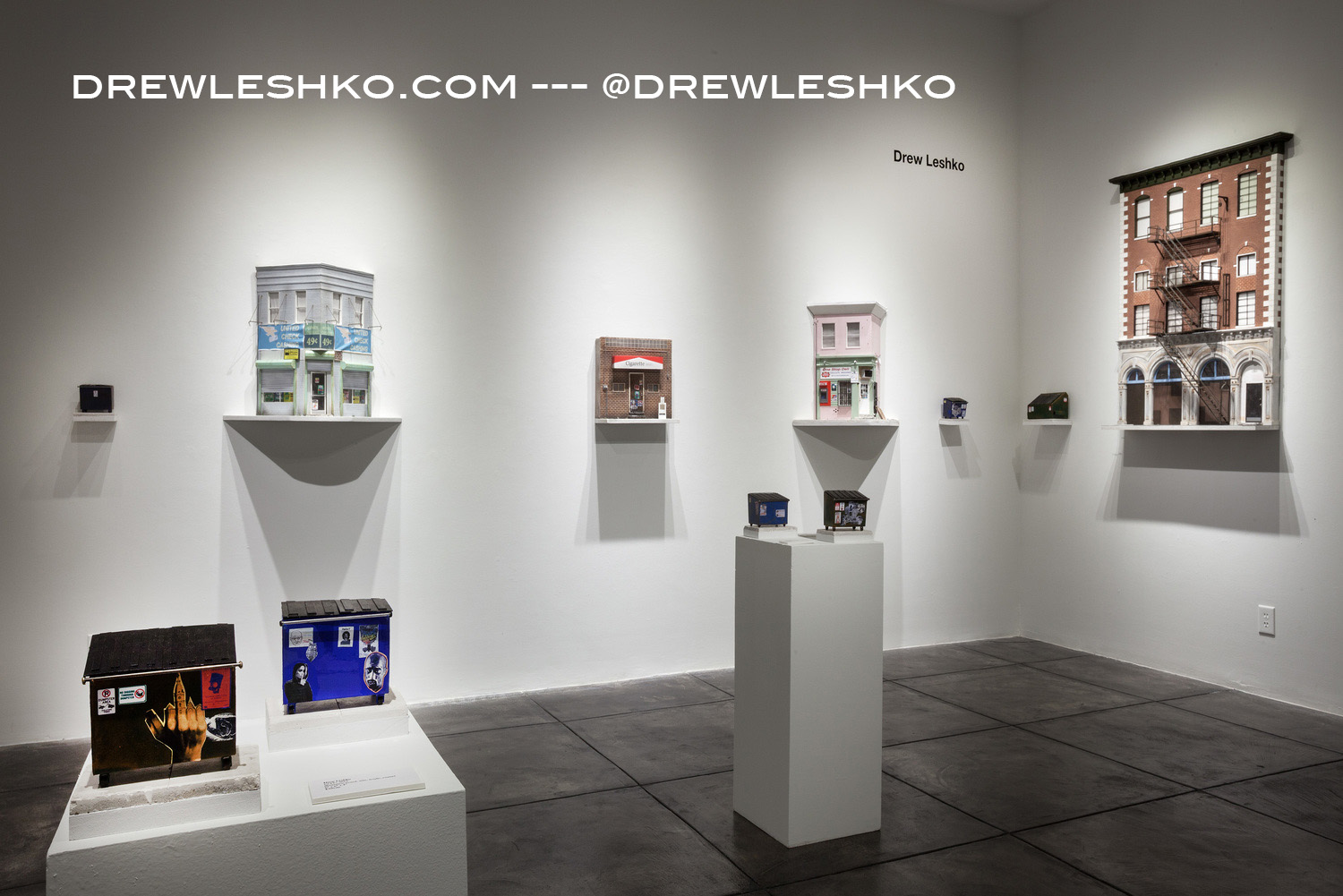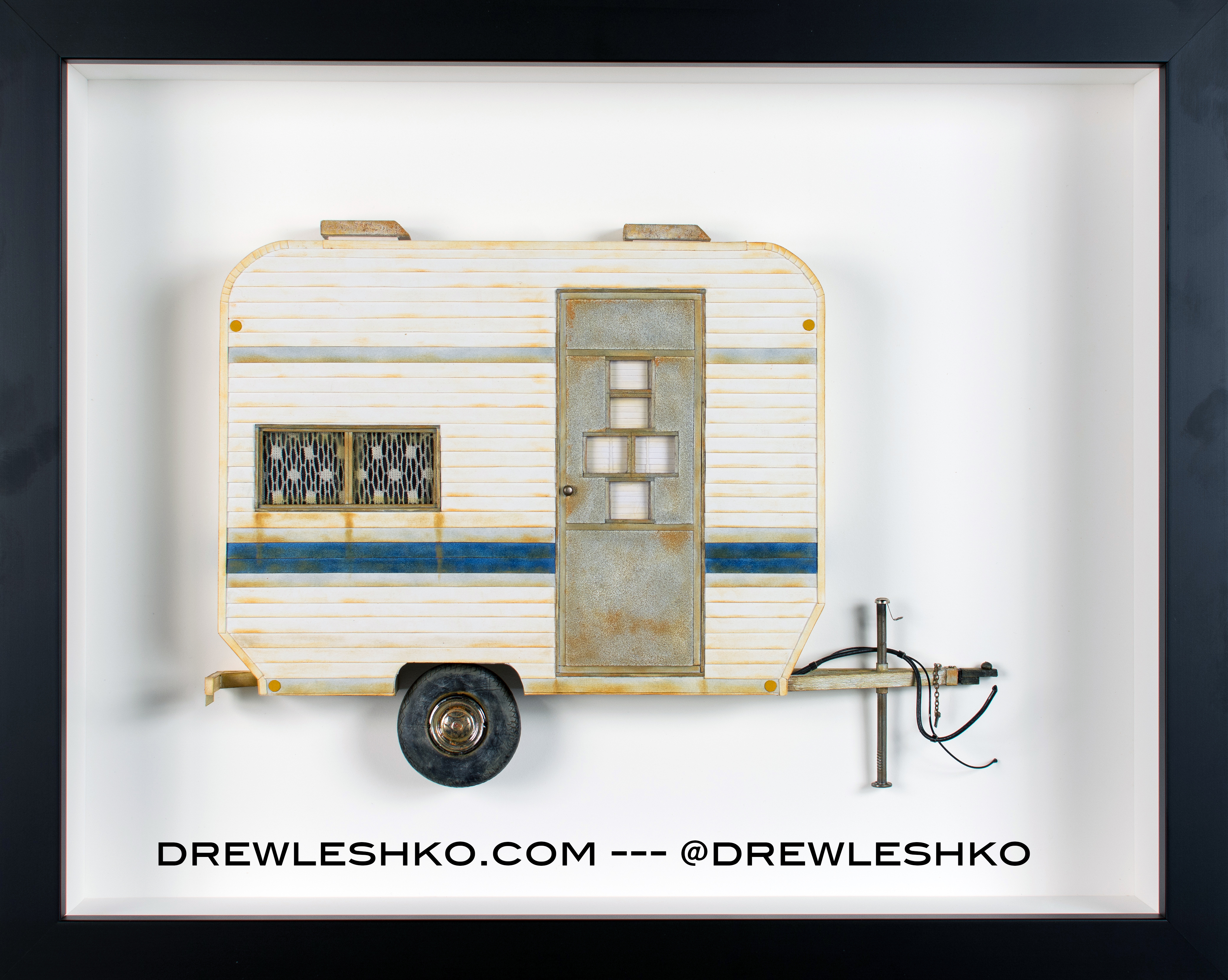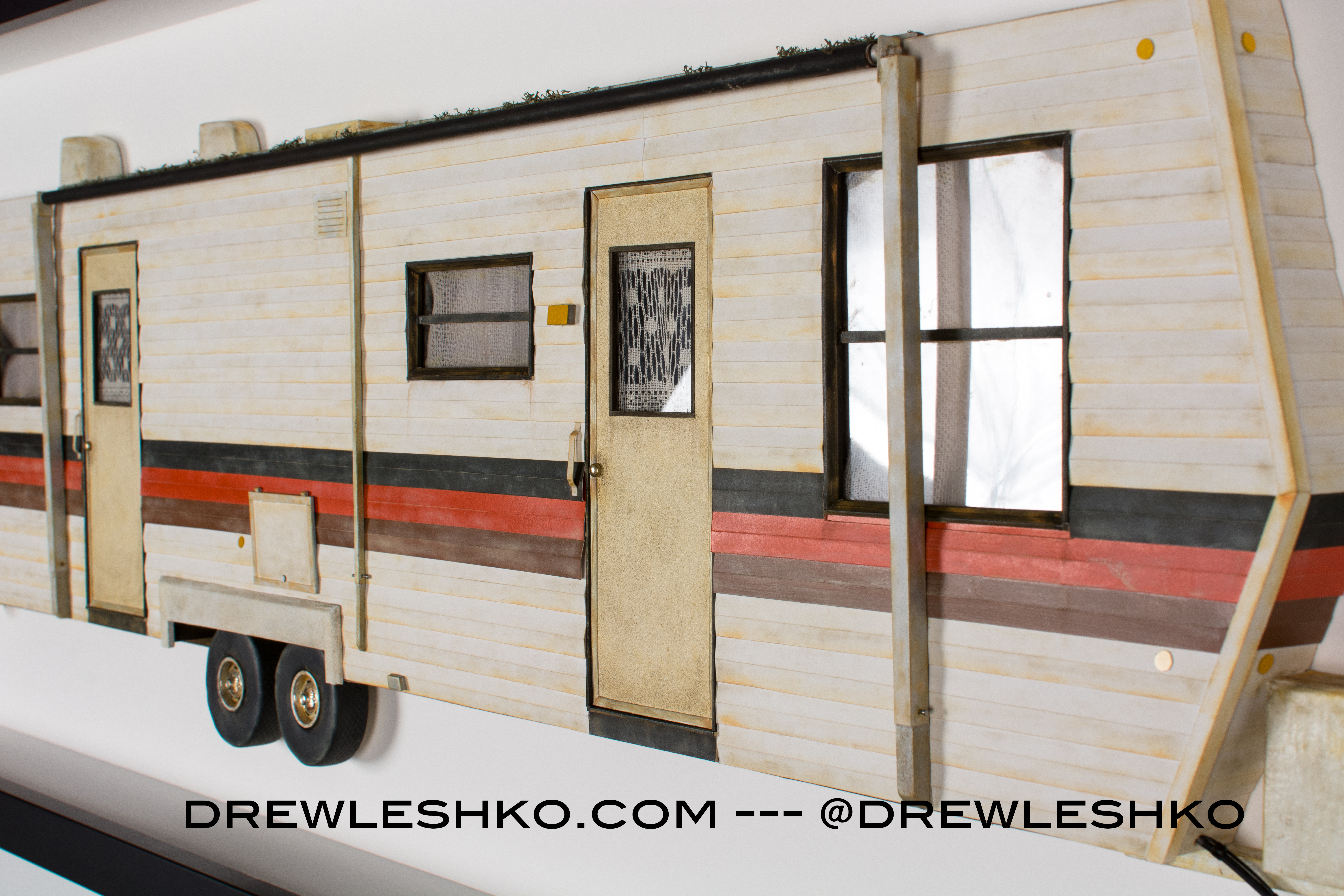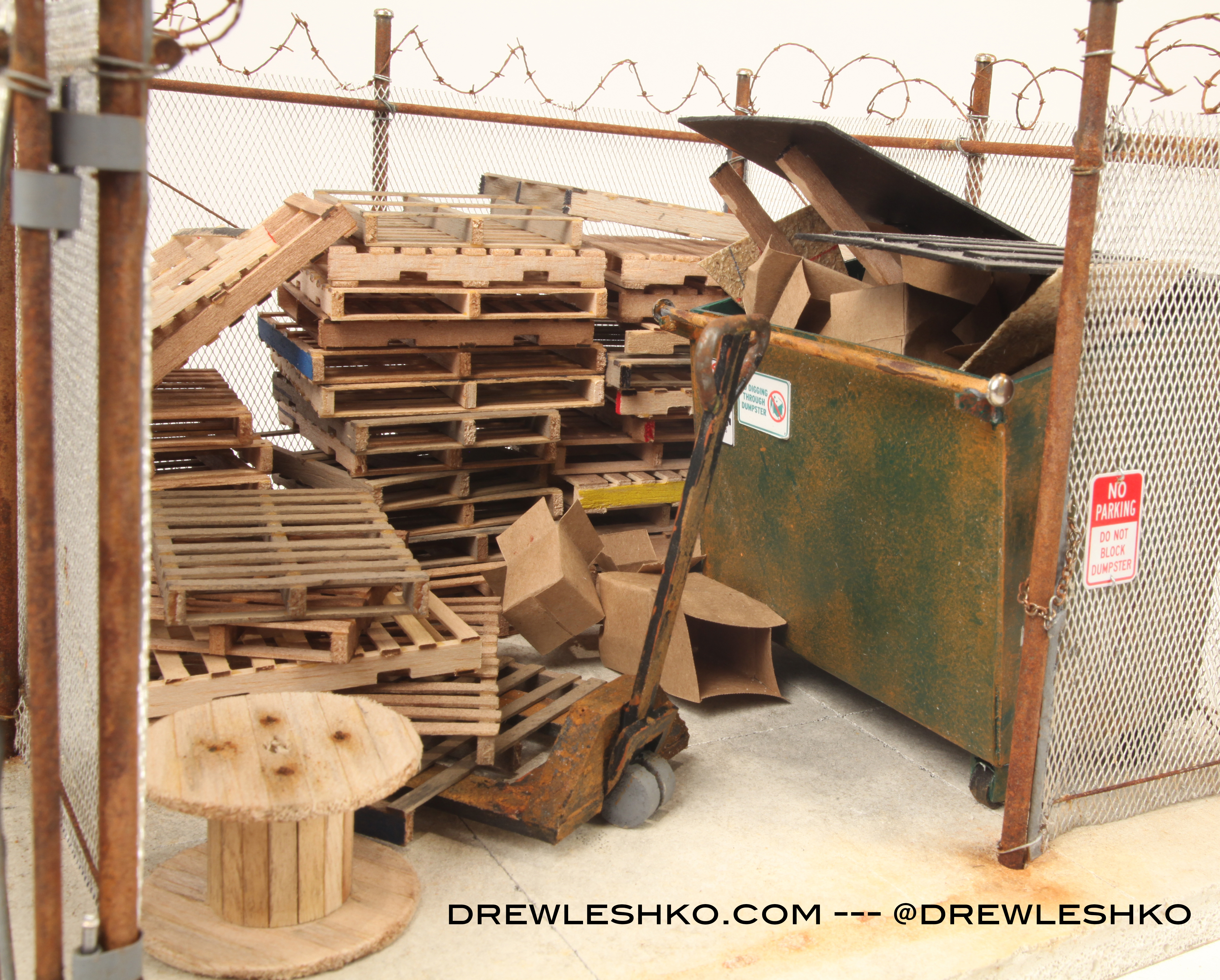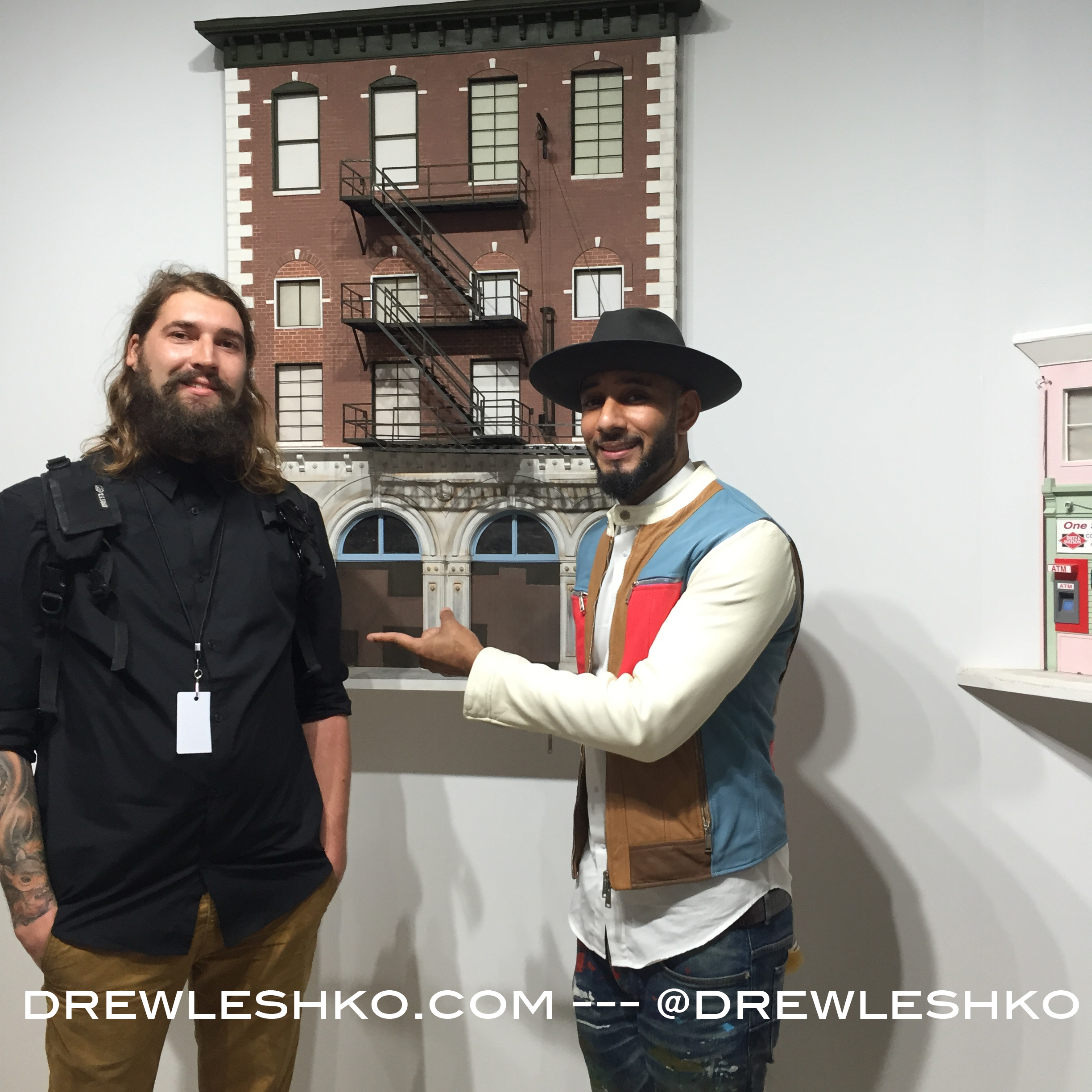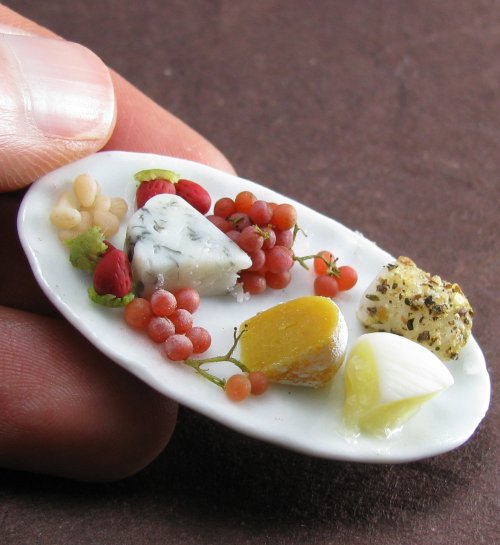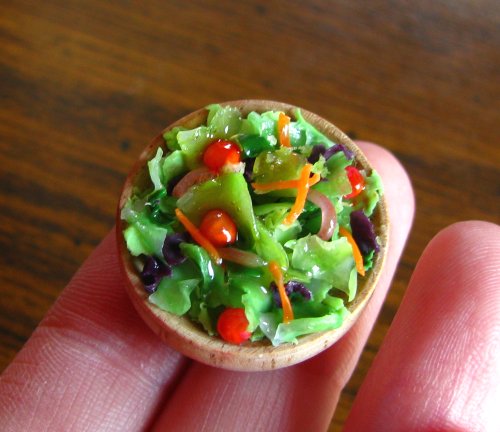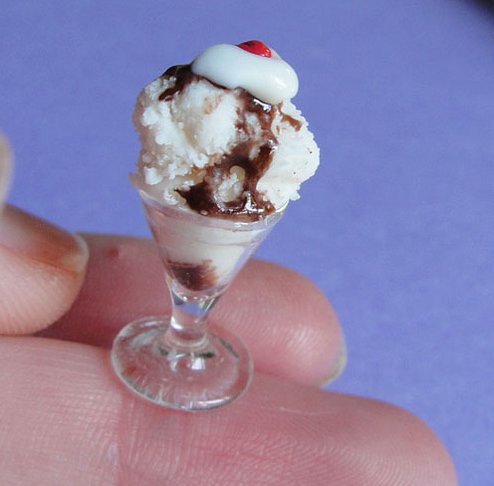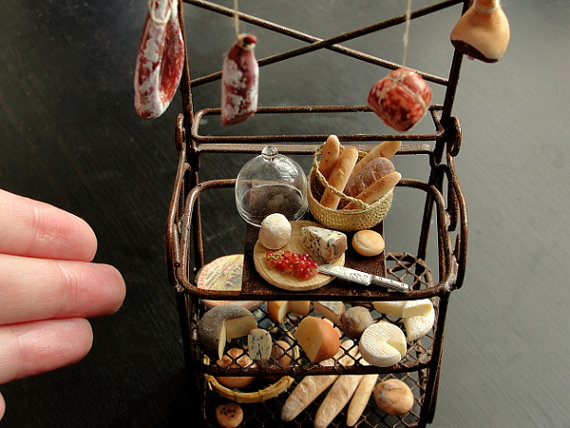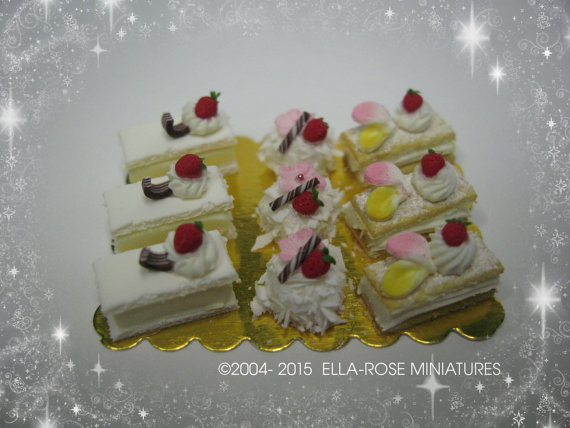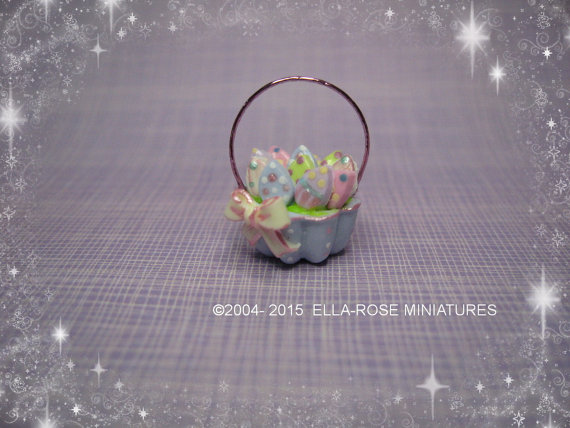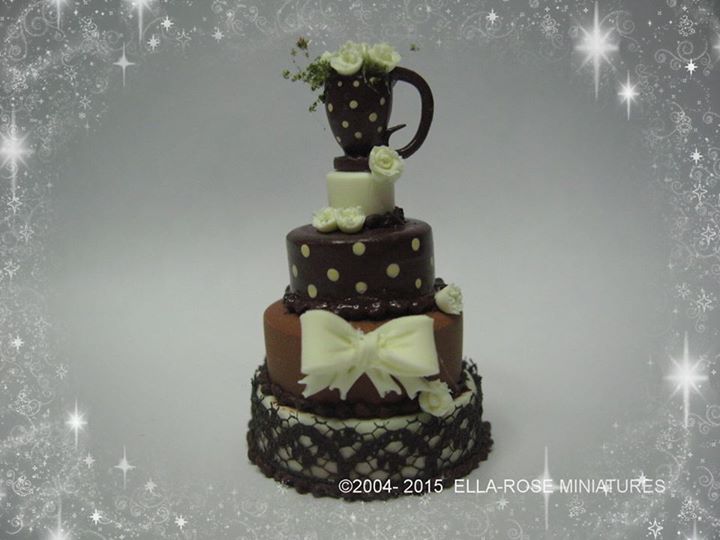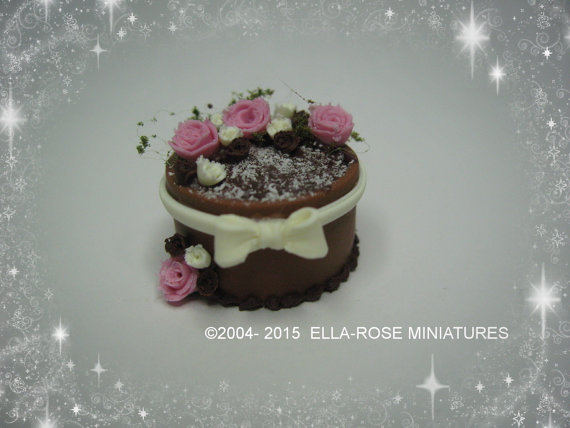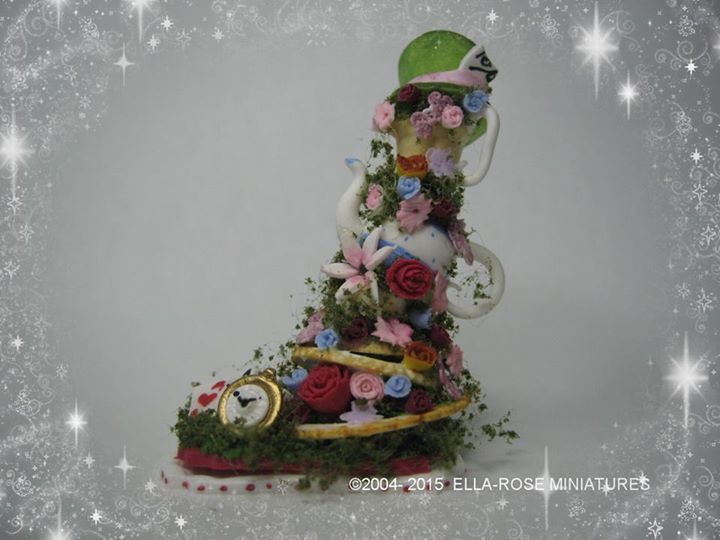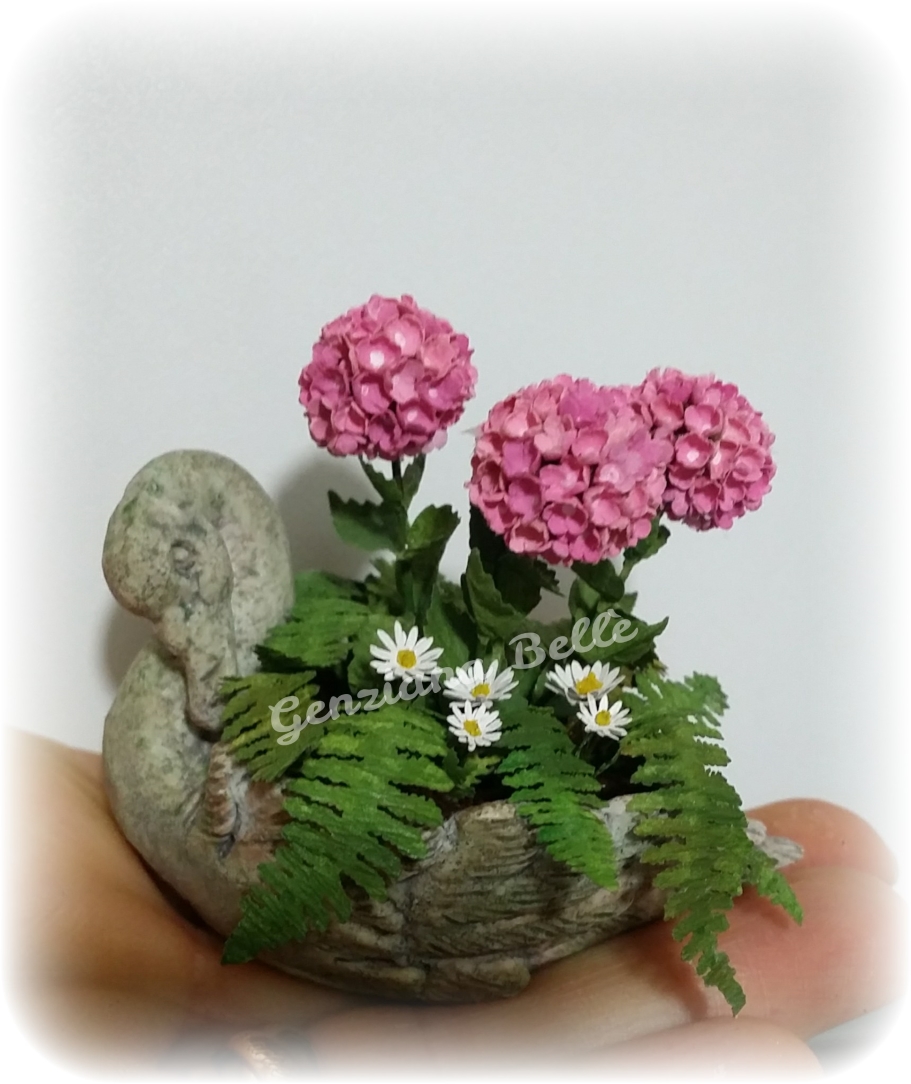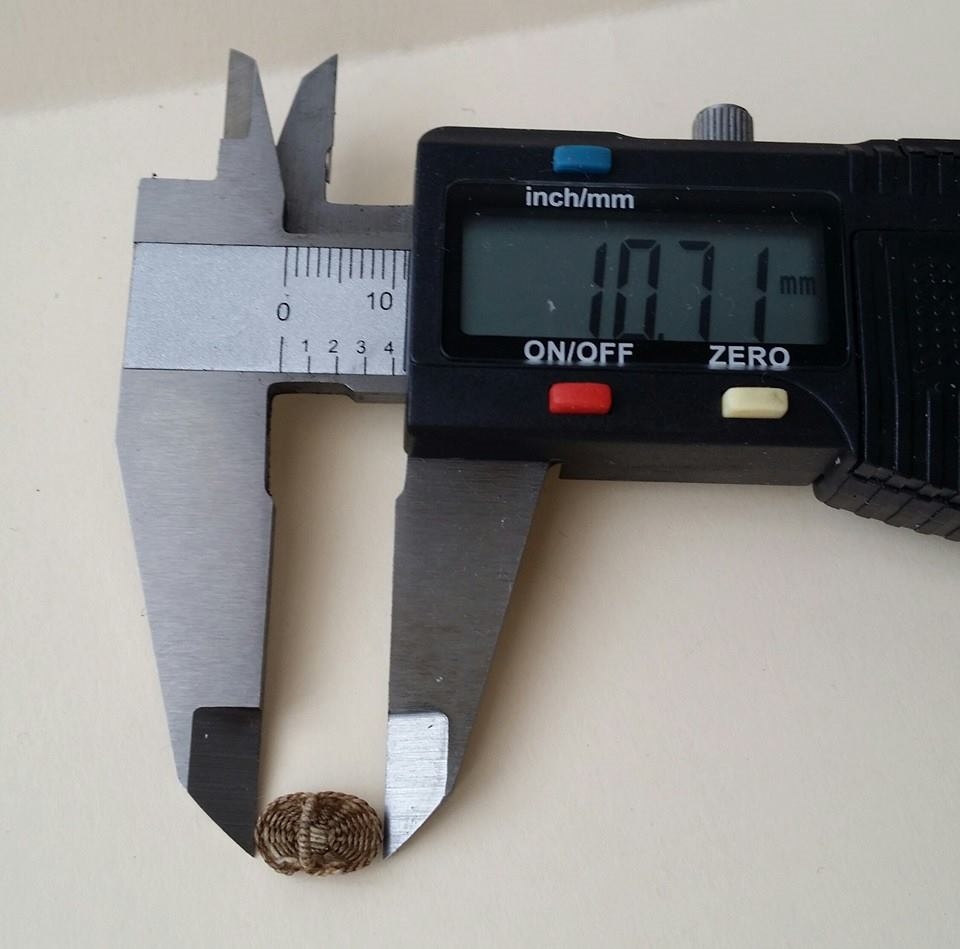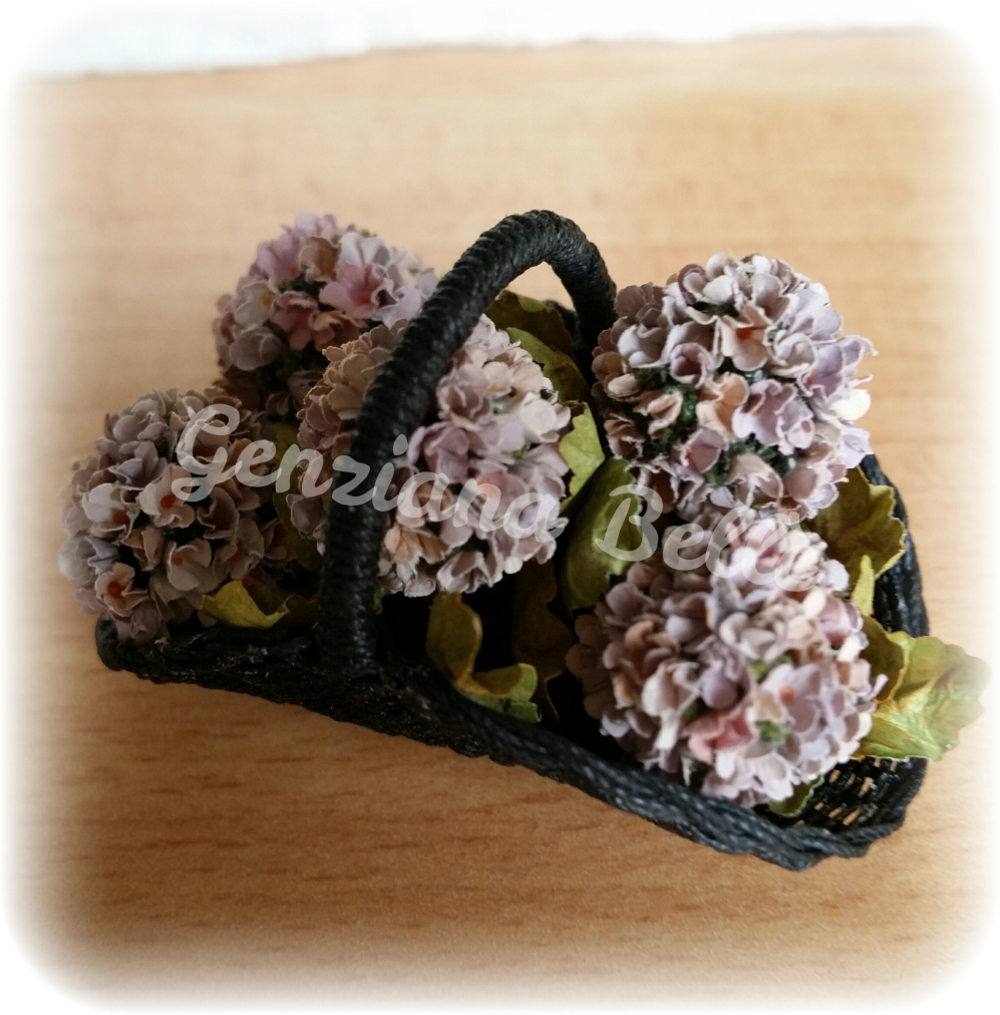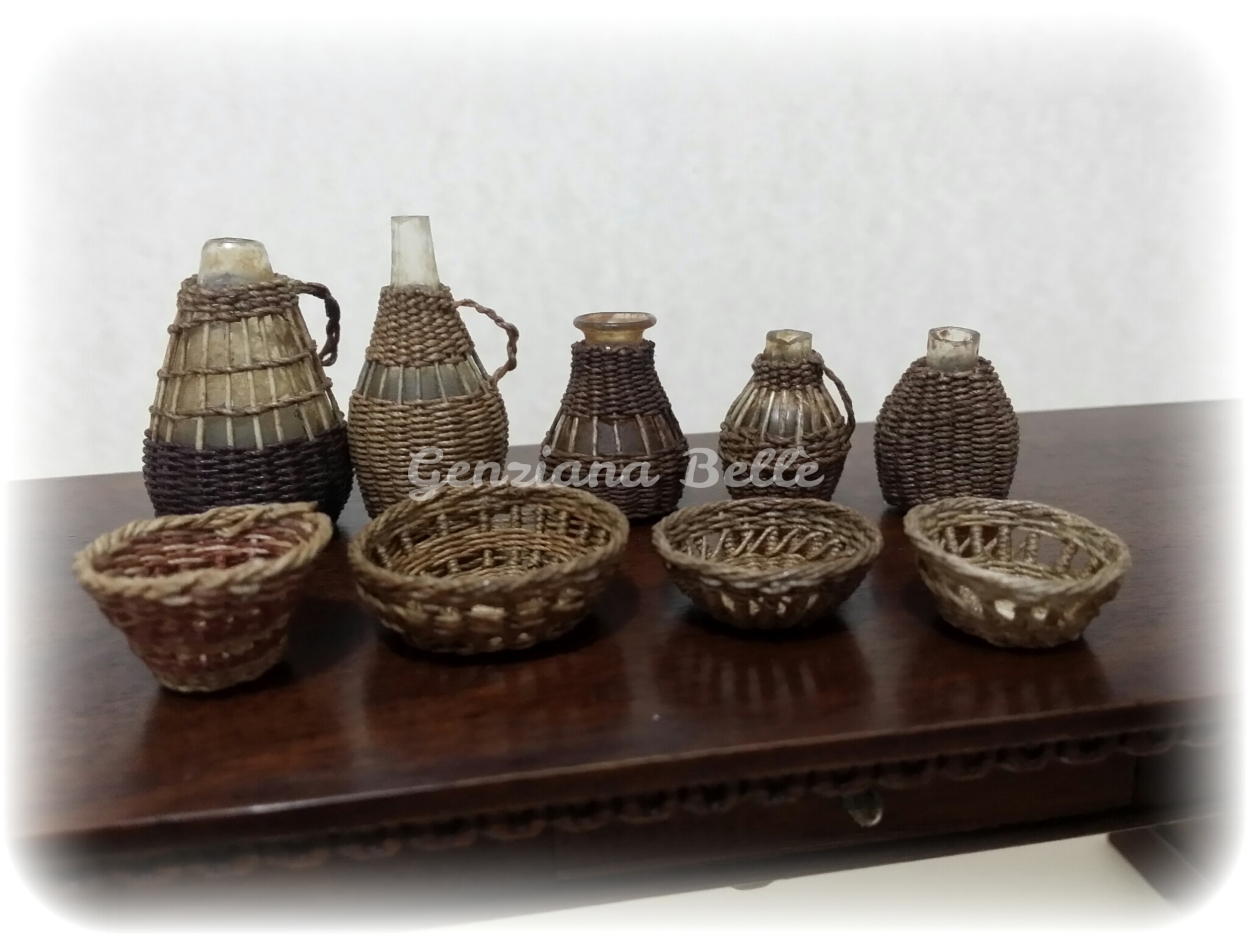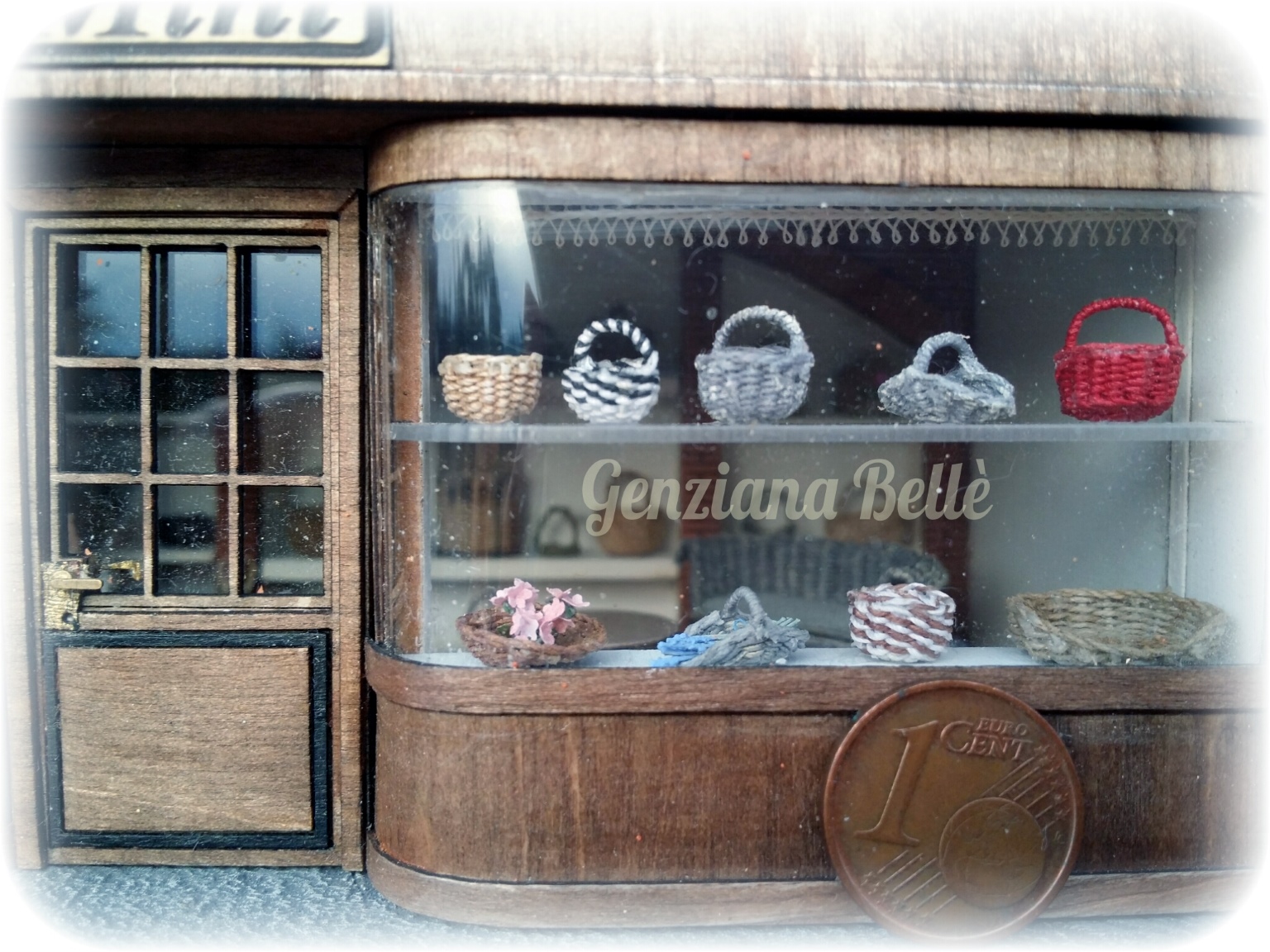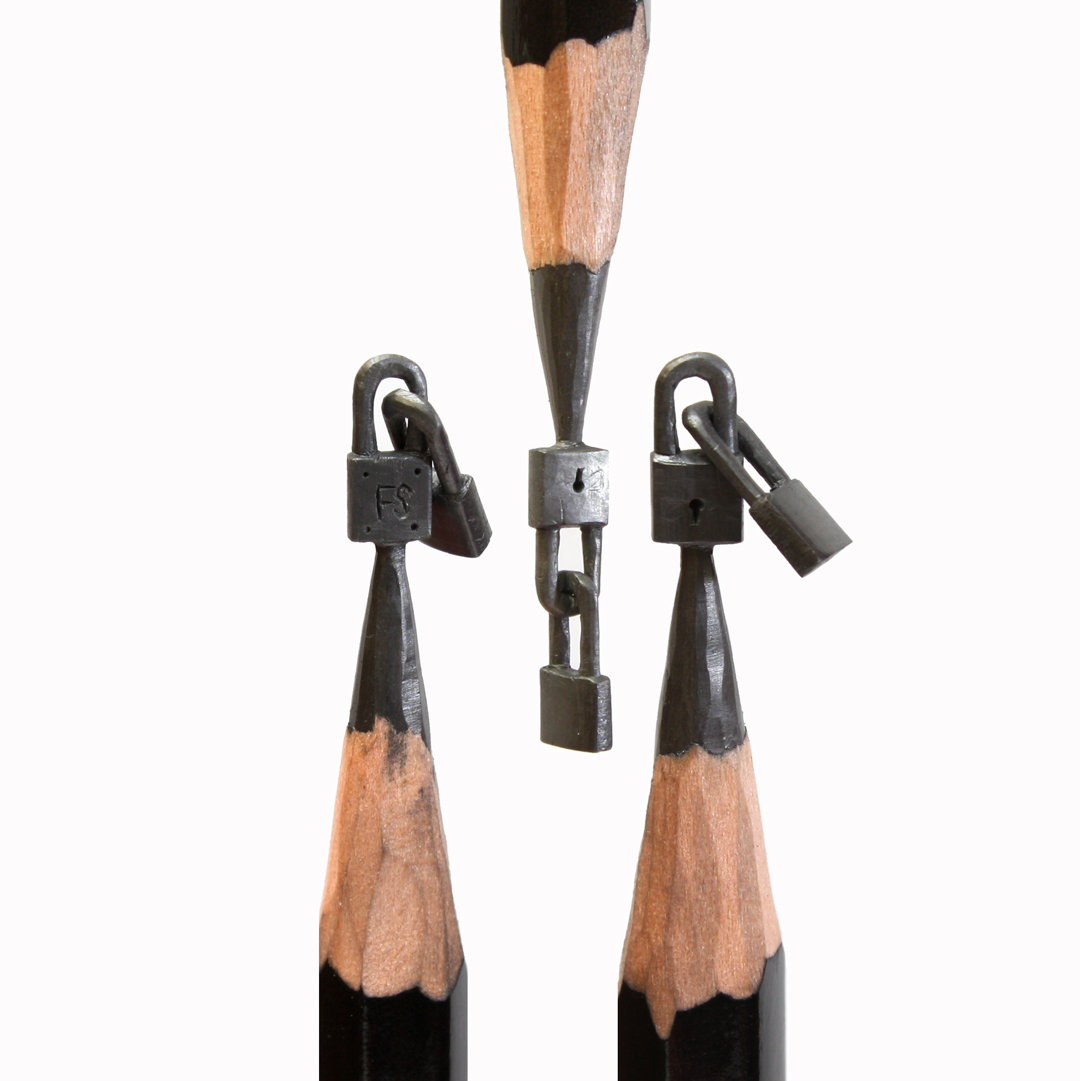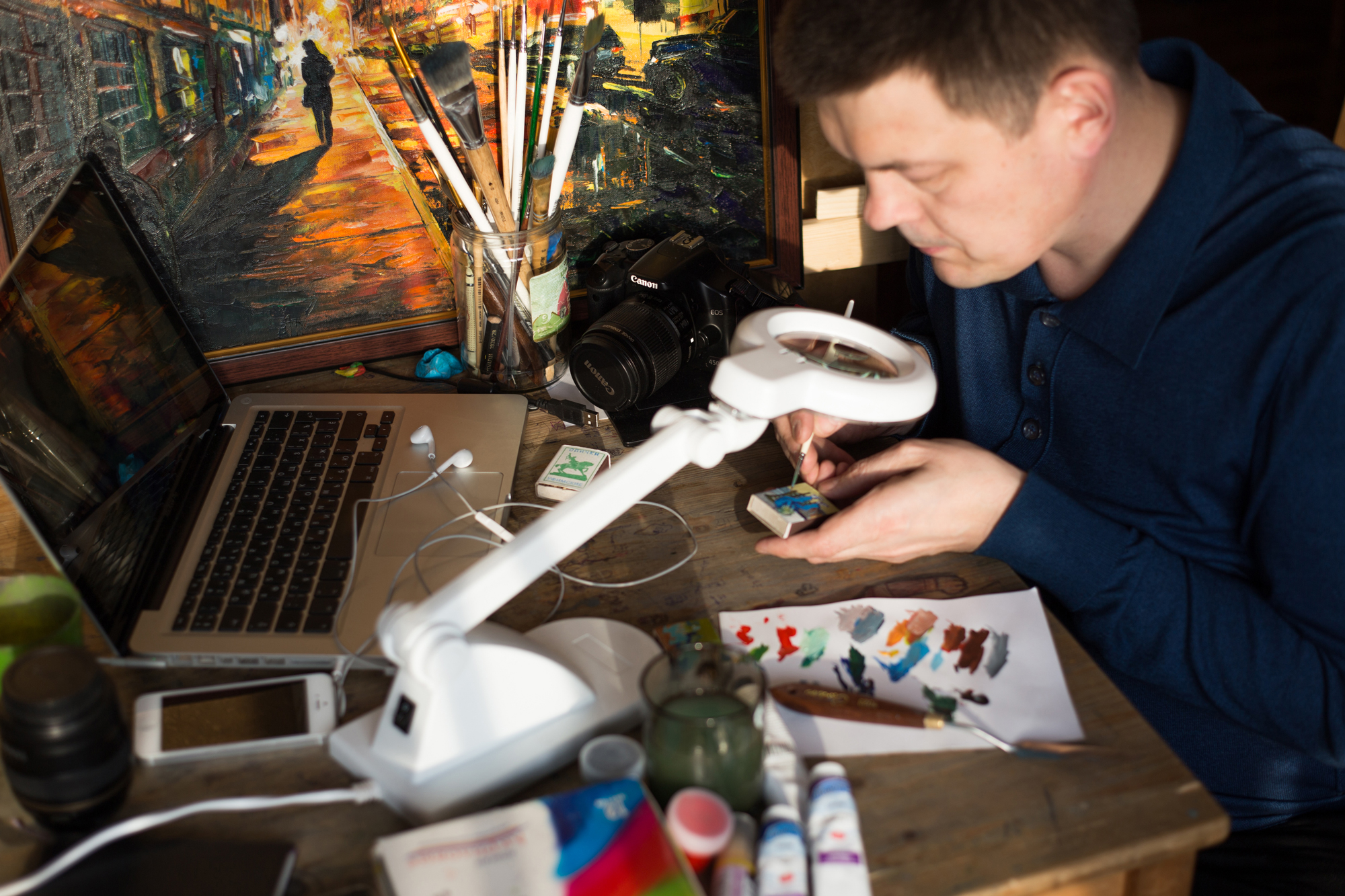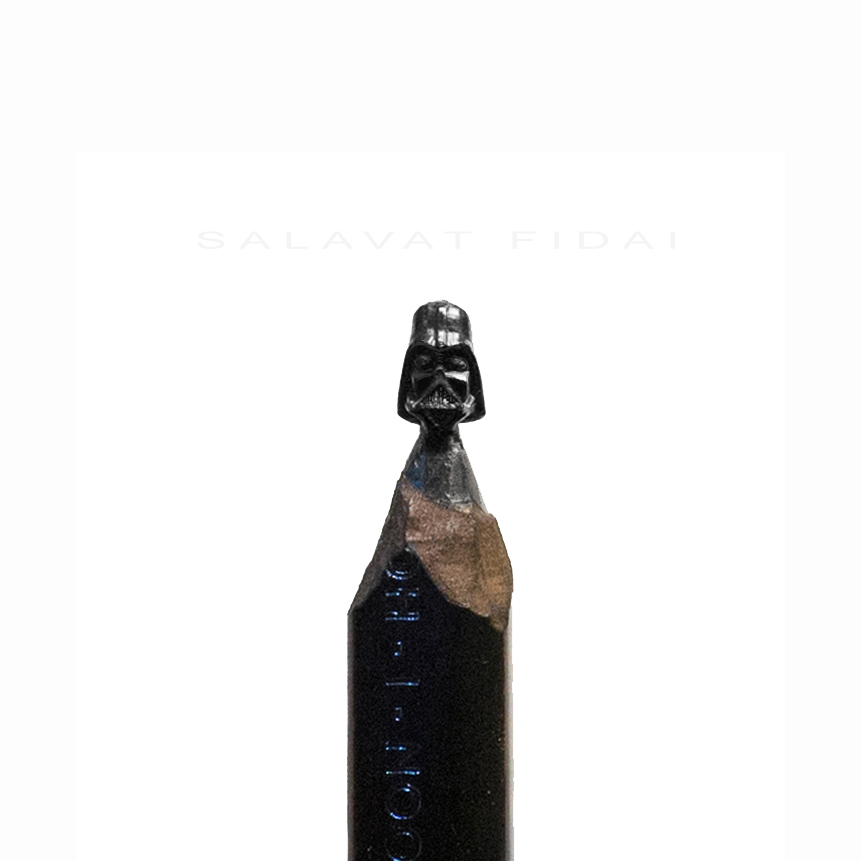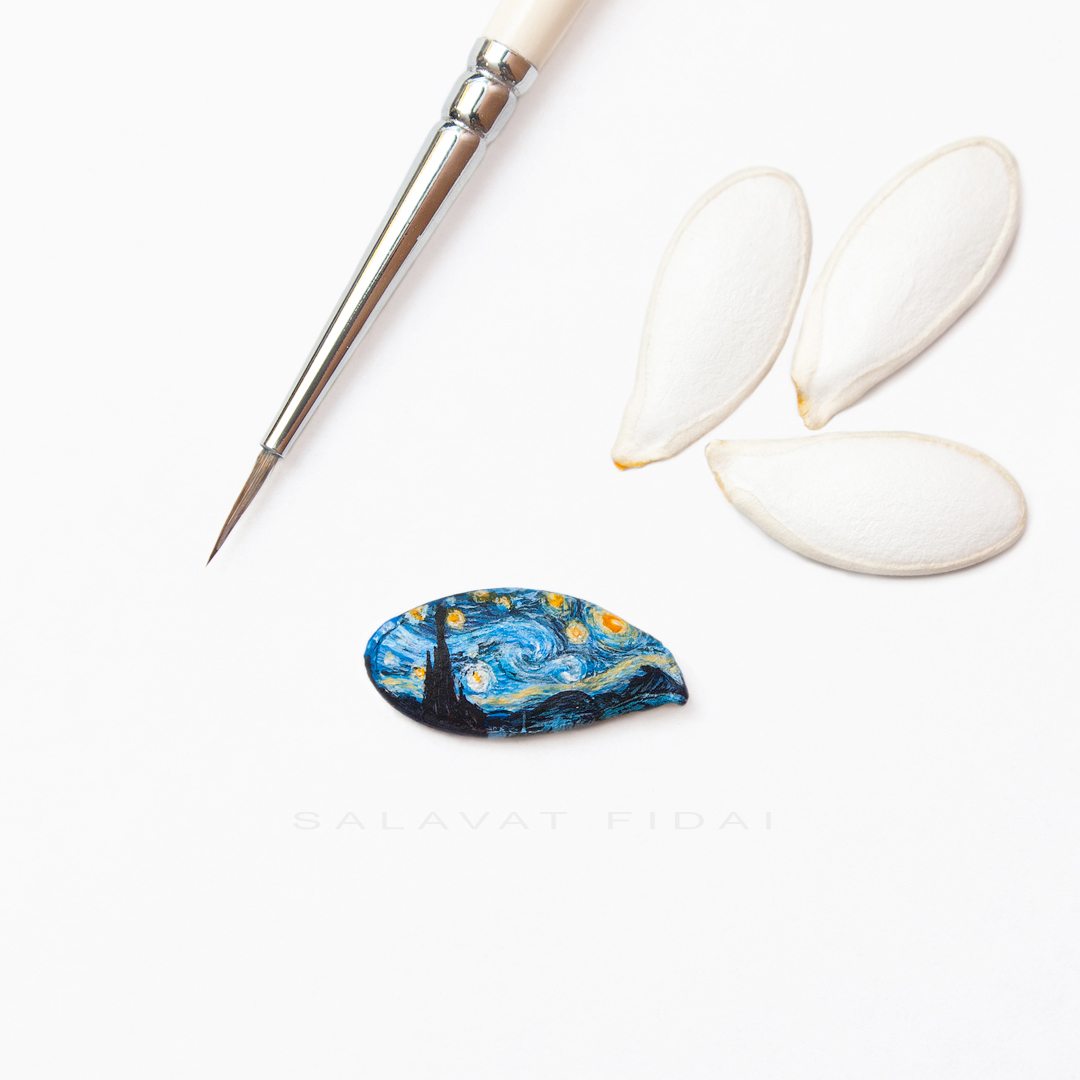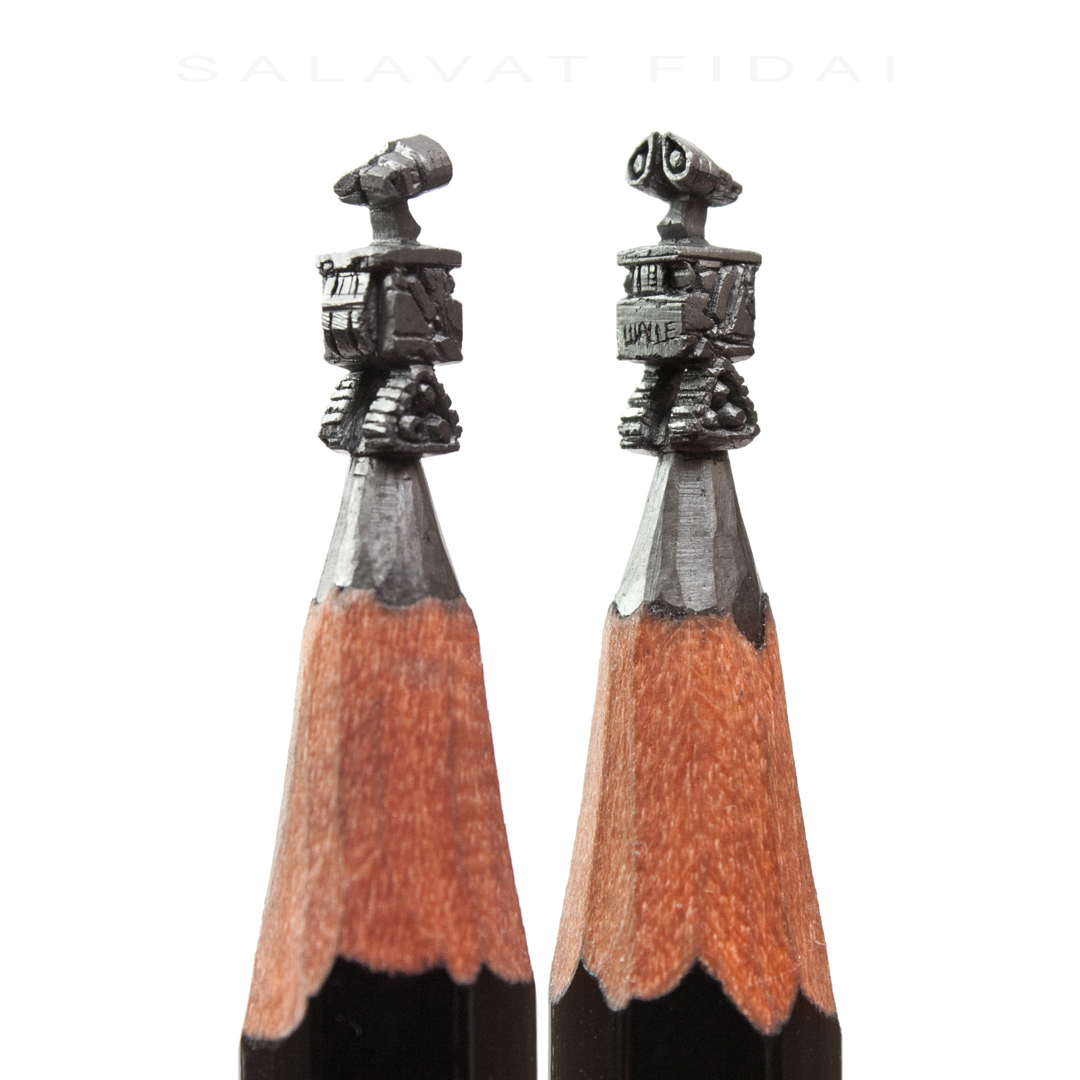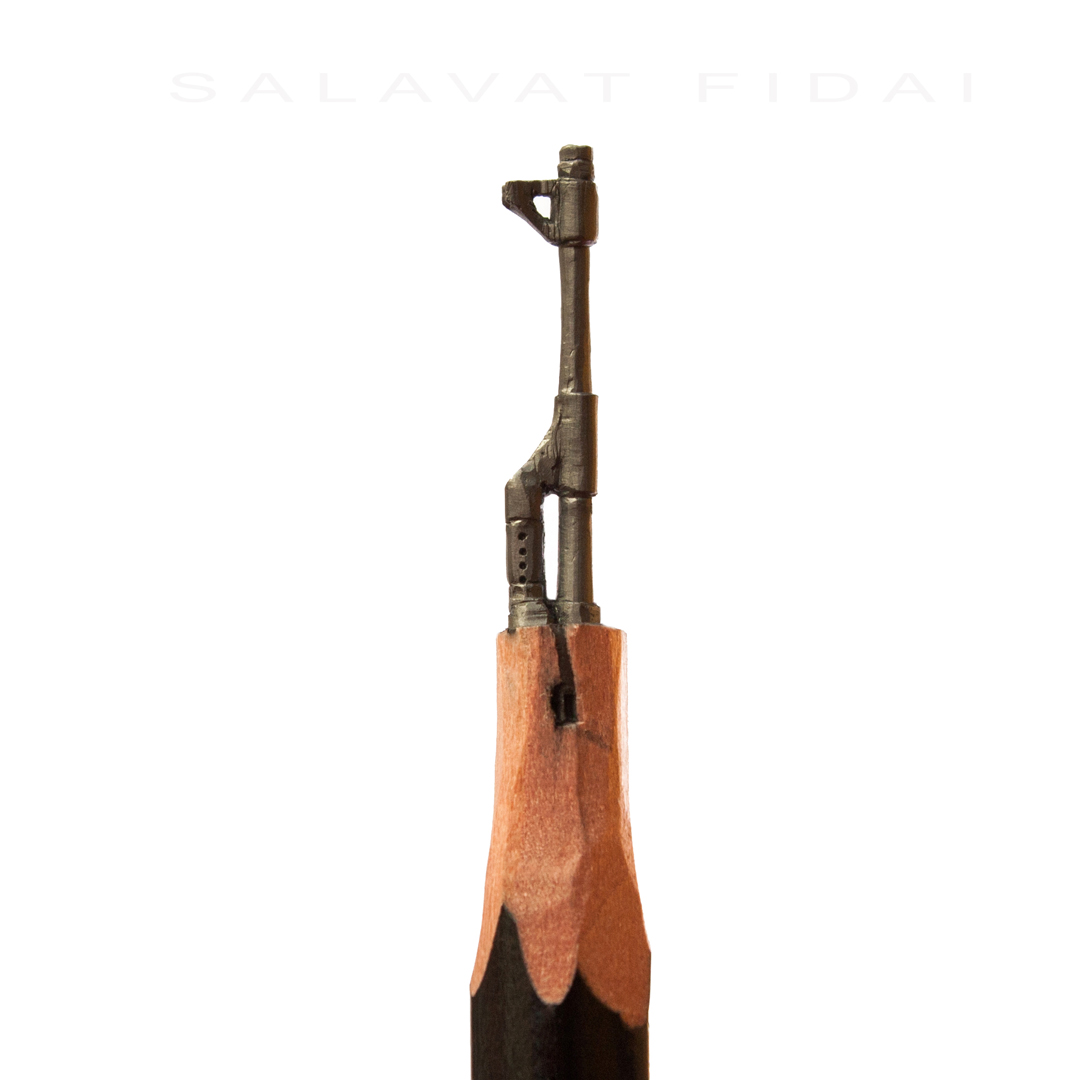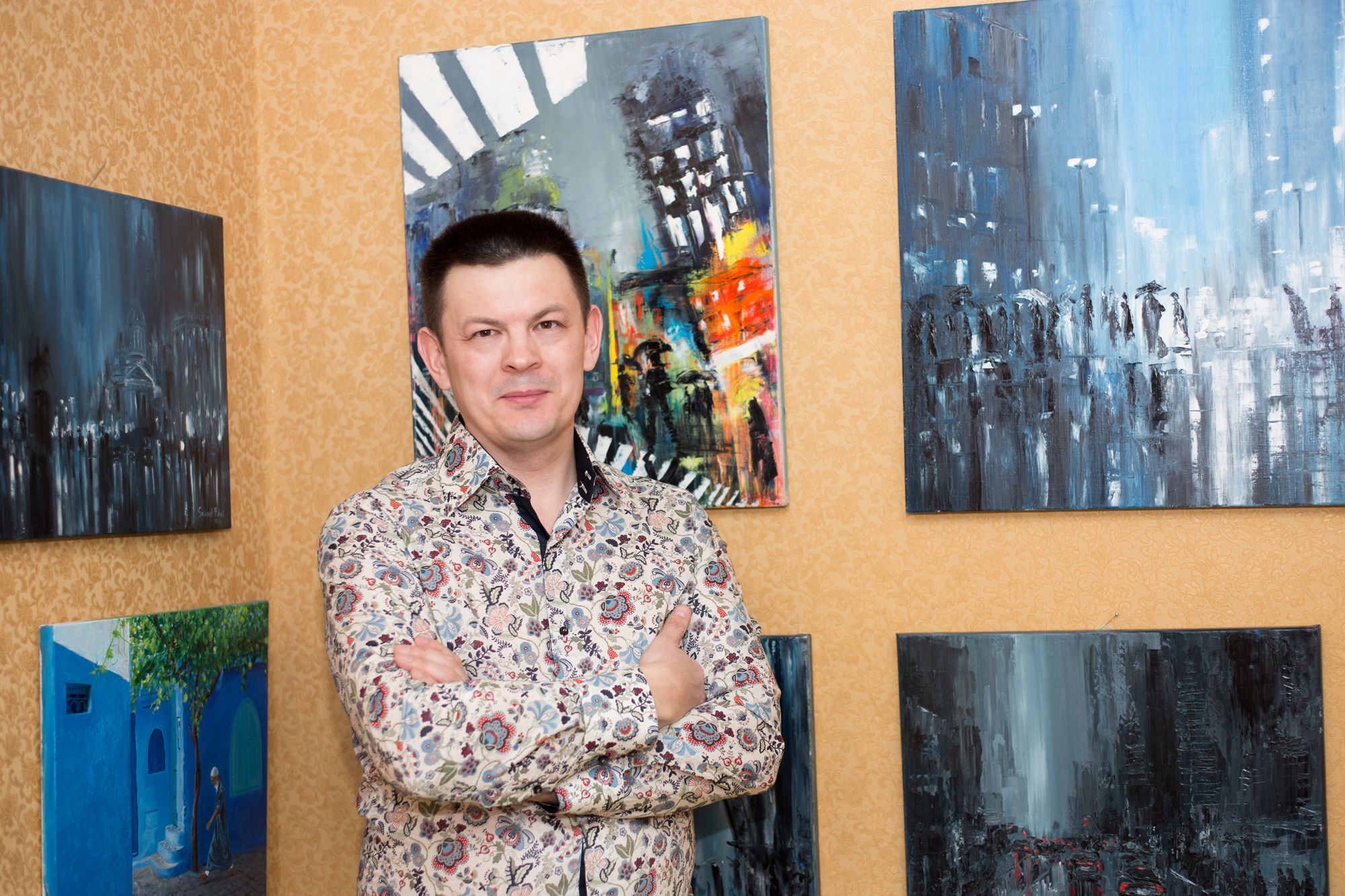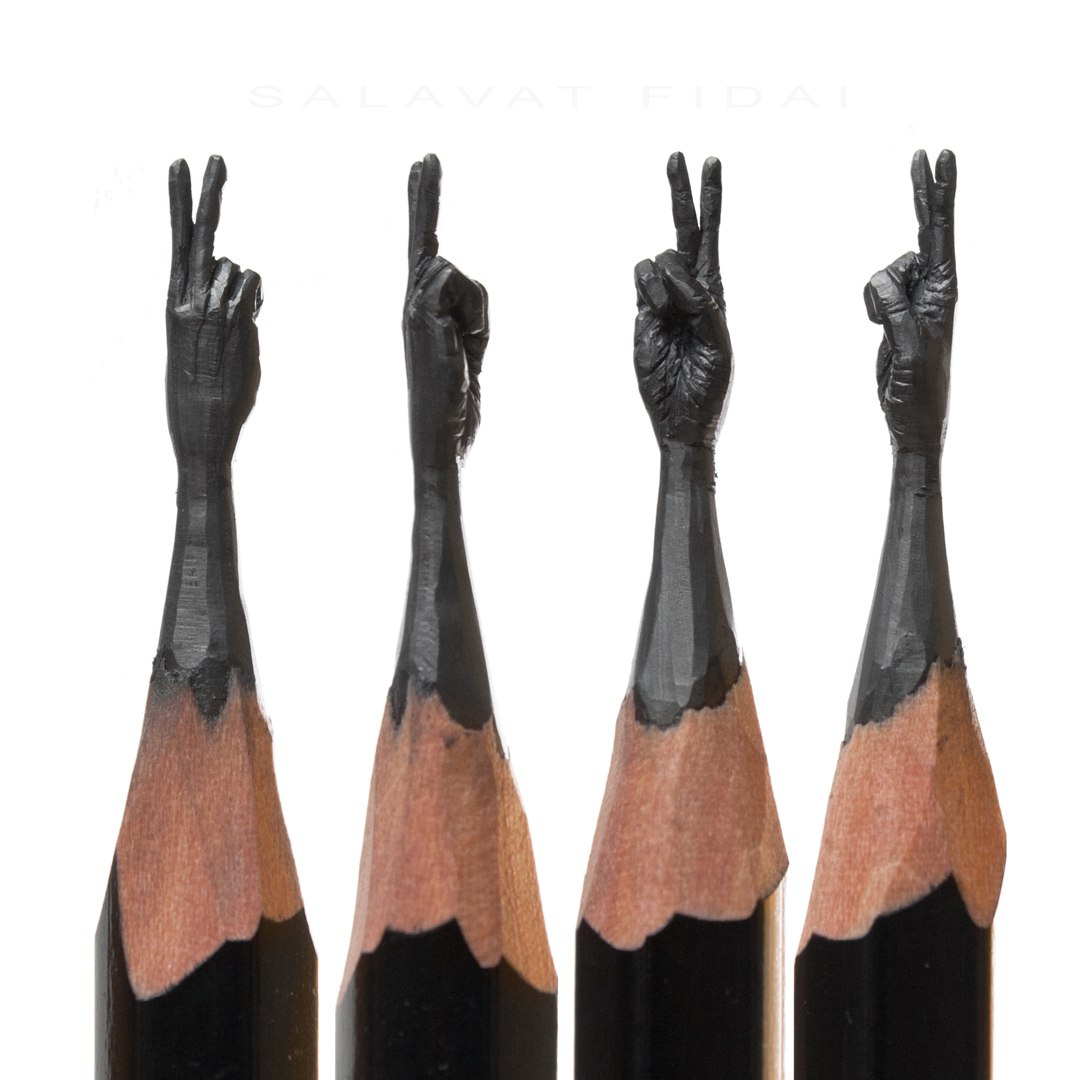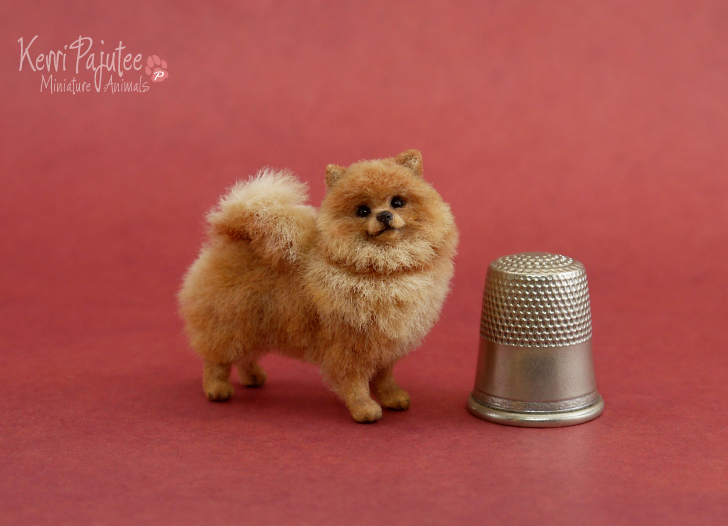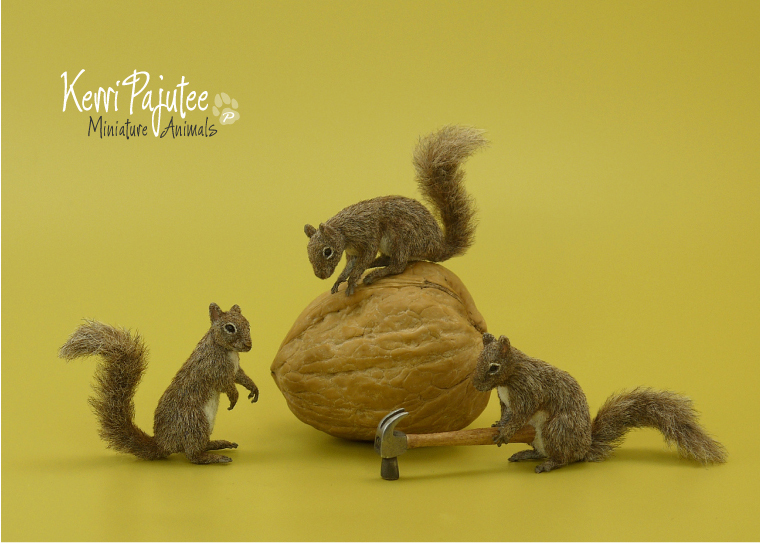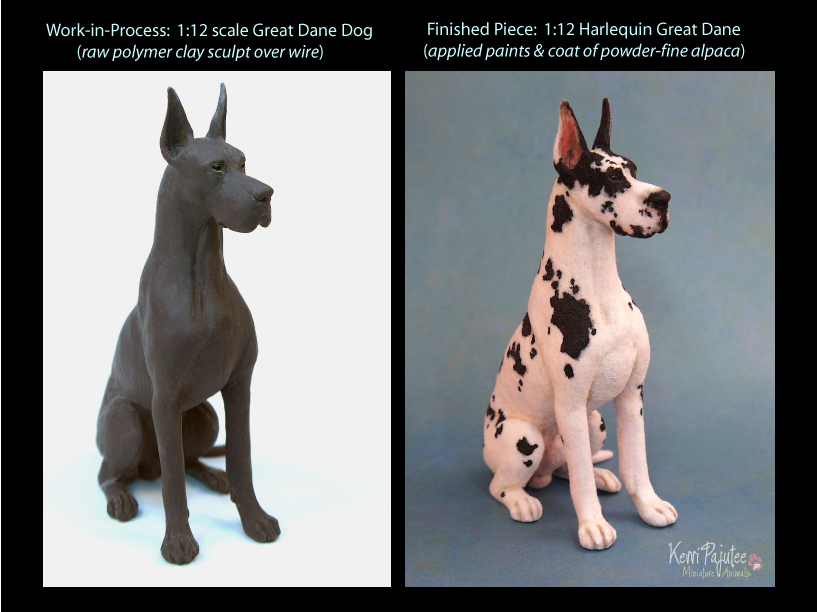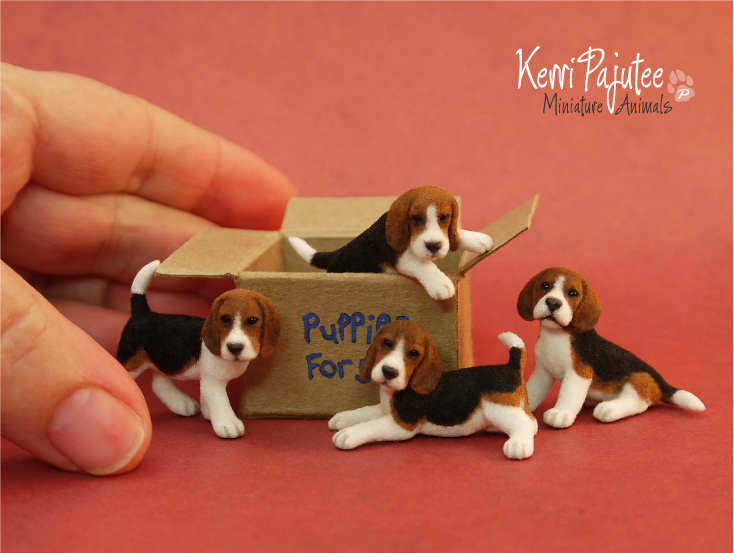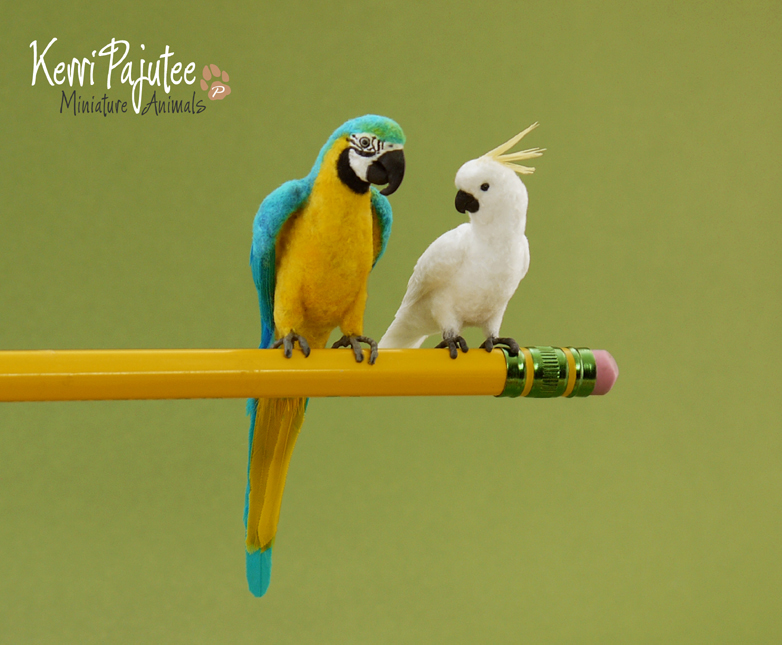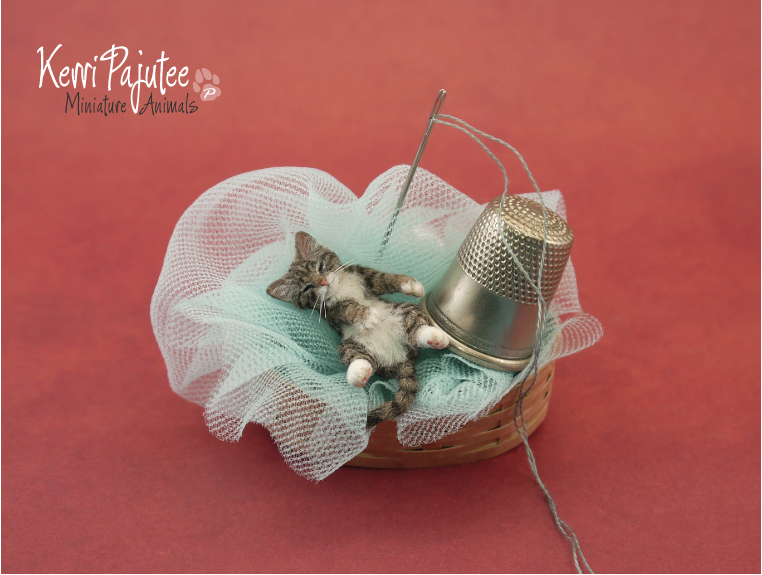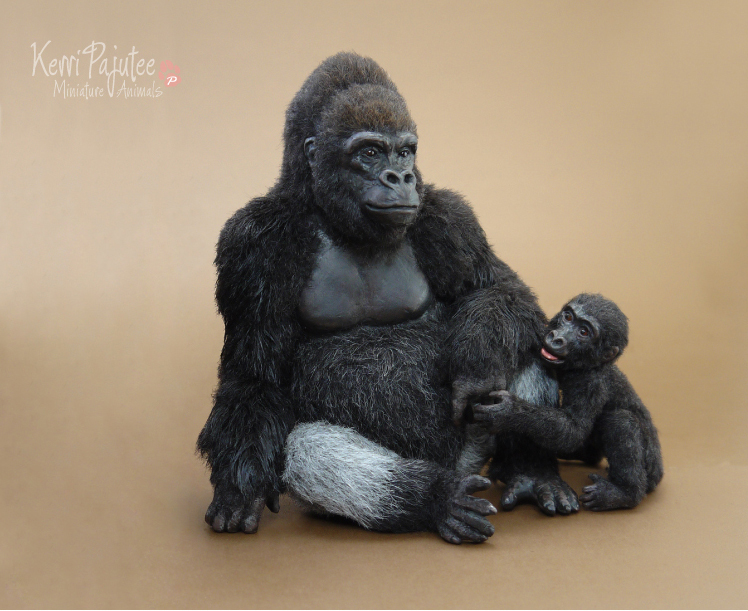Miniatures by TeenyTiny_Things Manila
Where does your interest in miniatures come from?
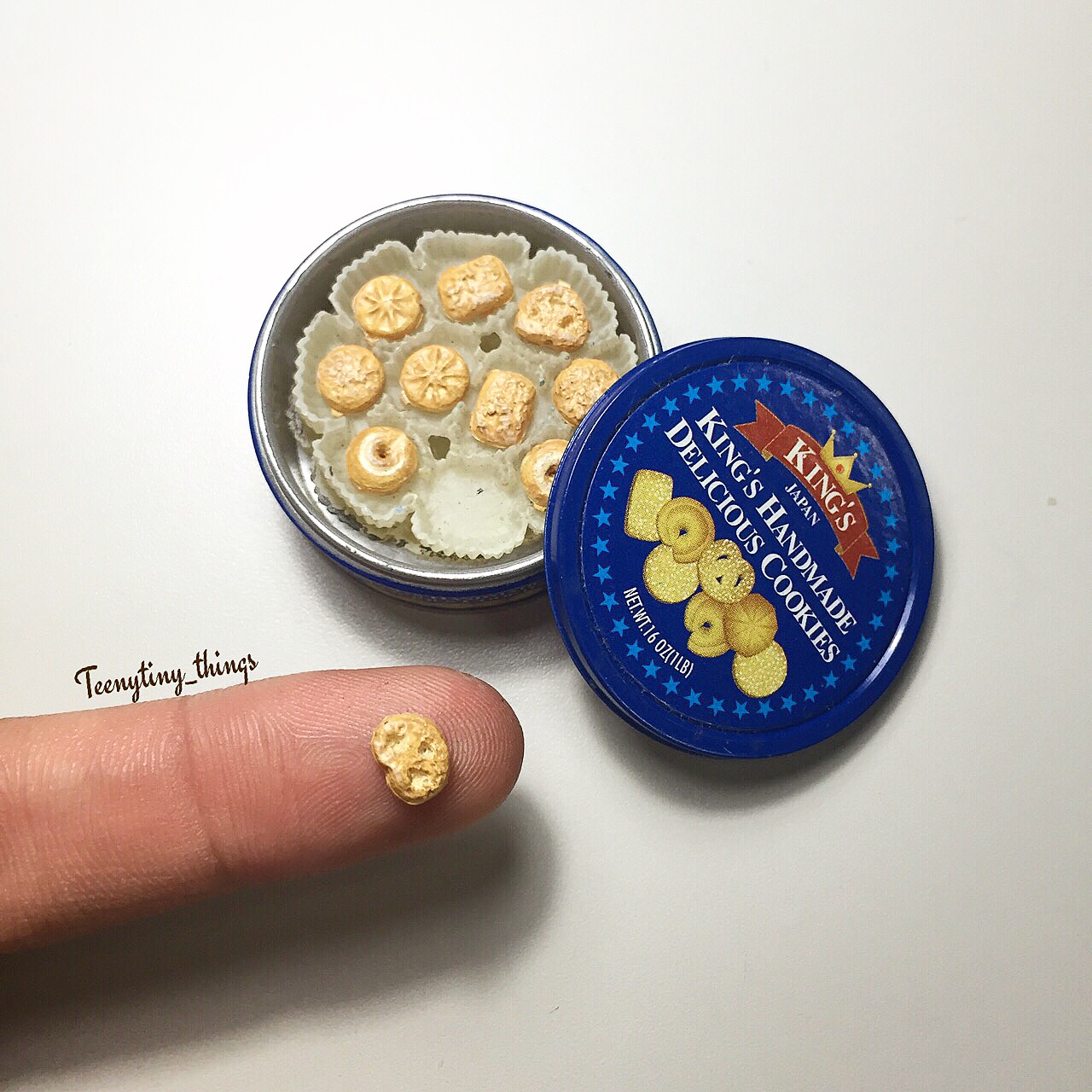 I very much owe my fixation for miniatures to my grandmother. She has actually influenced all of her children and grandchildren with her various collections. Each of us has a collection of some genre. She has a vast collection of dolls from different countries, eggs–real and manmade–coins, toy cars, animal figurines, commemorative spoons, Swarovski crystals, refrigerator magnets, tea cups, and of course miniatures!
I very much owe my fixation for miniatures to my grandmother. She has actually influenced all of her children and grandchildren with her various collections. Each of us has a collection of some genre. She has a vast collection of dolls from different countries, eggs–real and manmade–coins, toy cars, animal figurines, commemorative spoons, Swarovski crystals, refrigerator magnets, tea cups, and of course miniatures!
When we were little, her collection was so precious to her that we were only allowed to peek inside her glass cabinets–but never allowed to touch or play with her miniature collectibles. All of us cousins would spend hours sitting in front of her cabinets, exploring in amazement the details inside that we were NOT allowed to touch. I think in some way, it has affected us all because now that we have the means to buy our own and source our own, we go all out to make up for the years of deprivation!
My beautiful, amazing grandmother is currently bedridden due to old age. I recently made a tribute for her on my IG page. I featured 10 of my most favorite things from her miniature collection—please do check it out if you have time! Just key in #forLOLAmaria on Instagram.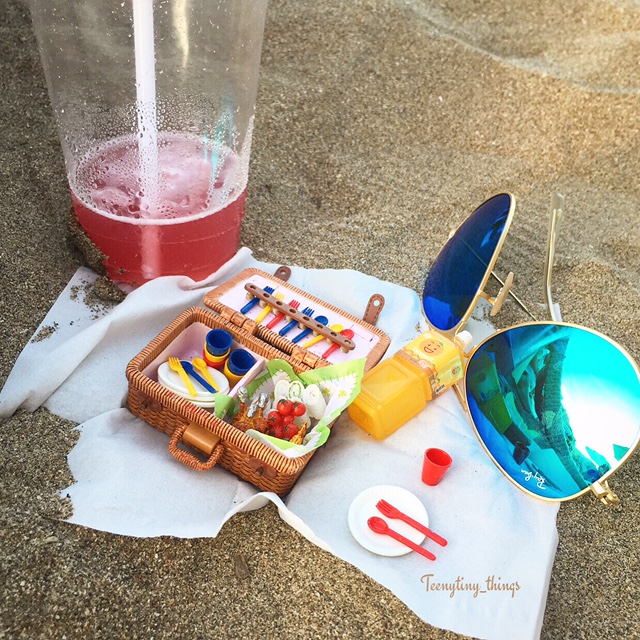
How many years have you been collecting minis?
I’ve been collecting minis for as long as I can remember! Friends also know how much I love miniatures, so they try to pick up something for me when they see one in passing when traveling or otherwise. I am particularly obsessed with minis that are part of my everyday life: groceries, food, furniture, household appliances, and more.
As for shooting photos of my minis, it was not since the start of this year 2015 that I decided to put up an Instagram page. Social media has a great effect on collectors, on everyone! Here I was able to share how I see miniatures compared to the world, the BIG world, and also hear from fellow mini lovers such as myself. It started on my personal account where I always put up photos of my minis and I noticed I received more likes posting minis than when I post my personal stuff! So I figured why not put up an Instagram account for my minis so other collectors can see it? It just blew up from there.
 What’s your style of photography on the site?
What’s your style of photography on the site?
I take photos using only my iPhone 6! My shooting style usually comprised of comparing the miniature’s scale to a true size object. When I shoot, I also try to enjoy myself so I seldom go out of my way to shoot something. I just shoot when I feel that I am at the right place, at a convenient time. What’s nice about miniatures is they are so small you don’t need to carry much weight just to do a shoot! I carry miniatures in my purse all the time! So whenever I see a perfect opportunity or perfect spot, I just take them out and shoot there! People look at me funny when we are in a restaurant and food comes out and OH I HAVE A MINI OF THAT… and I bust out my minis on the table just to shoot. It’s great for killing time too! I shoot even when I am stuck in traffic or when I’m waiting on line, haha! People just stare at me when I take out little toys when paying bills.
Favorite mini you own by another artist or have made yourself?
I am very fascinated on how Re-Ment miniatures are made and conceptualized to be a set. They really have mastered making daily household items or food sets in the scale of 1:12 where you can actually appreciate details! For durability as well I commend Re-Ment brand and Orcara. Japanese artists and designers make excellent miniatures.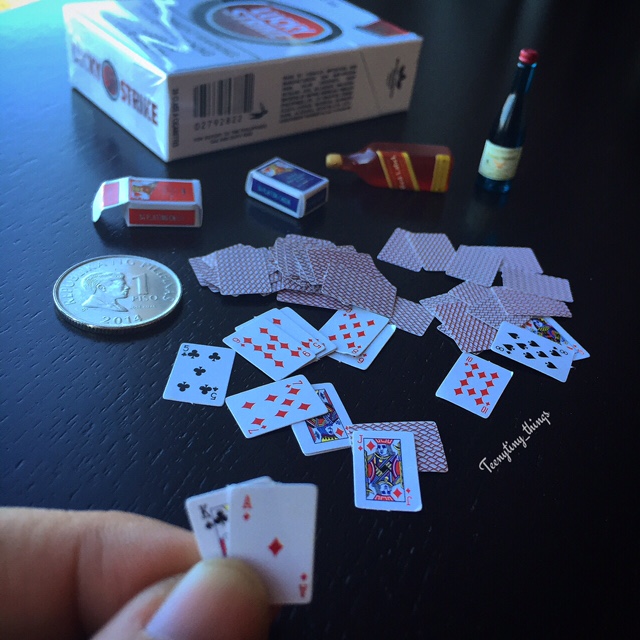
Fellow miniaturists that inspire you?
Works of Minivenger, Nunu’s House, Shay Aaron, Valentina and Maritza never fail to amaze me. I am in awe of their talent and attention to detail.
What’s to come from TeenyTiny_Things?
Since I get to have a lot of boxes coming in from my orders abroad, I’m planning to put up a YouTube account for when I’m unboxing my new mini orders. I’ll also include videos of when I set them up for a shoot and so forth. I think that would be fun and interesting for mini lovers! I just need to find the time.
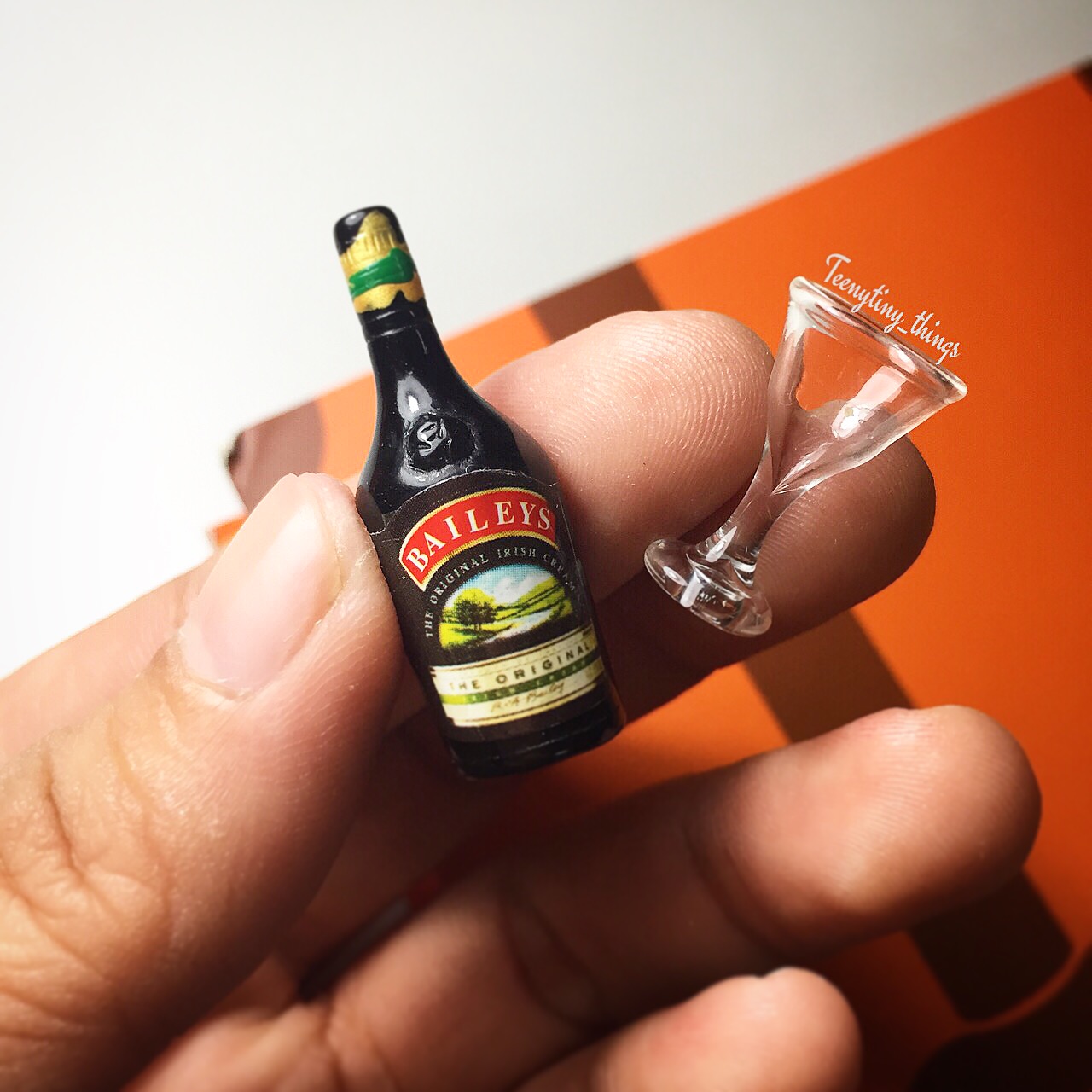 Anything else you would like to add?
Anything else you would like to add?
My name is Kimberly, and I am crazy about all kinds of miniatures. I run the page as a hobby, but as my followers grew, many were asking if I sell minis so I figured, maybe I should! I now do it part time while I work full time in the fashion retail industry. I am 31 years old, a working mother of two healthy energetic boys. I am a happy wife to a very supportive husband. Aside from miniatures, I love to travel with family, eat generously and lavishly. I love museums, reading books and family time. And yes—please do let miniature lovers know about my TeenyTiny account I would love to share my miniatures with them!
Kimberly del Rosario lives in Manila, Philippines. You can see many more of her teeny, tiny things on the TeenyTiny_Things Instagram or on Facebook.
